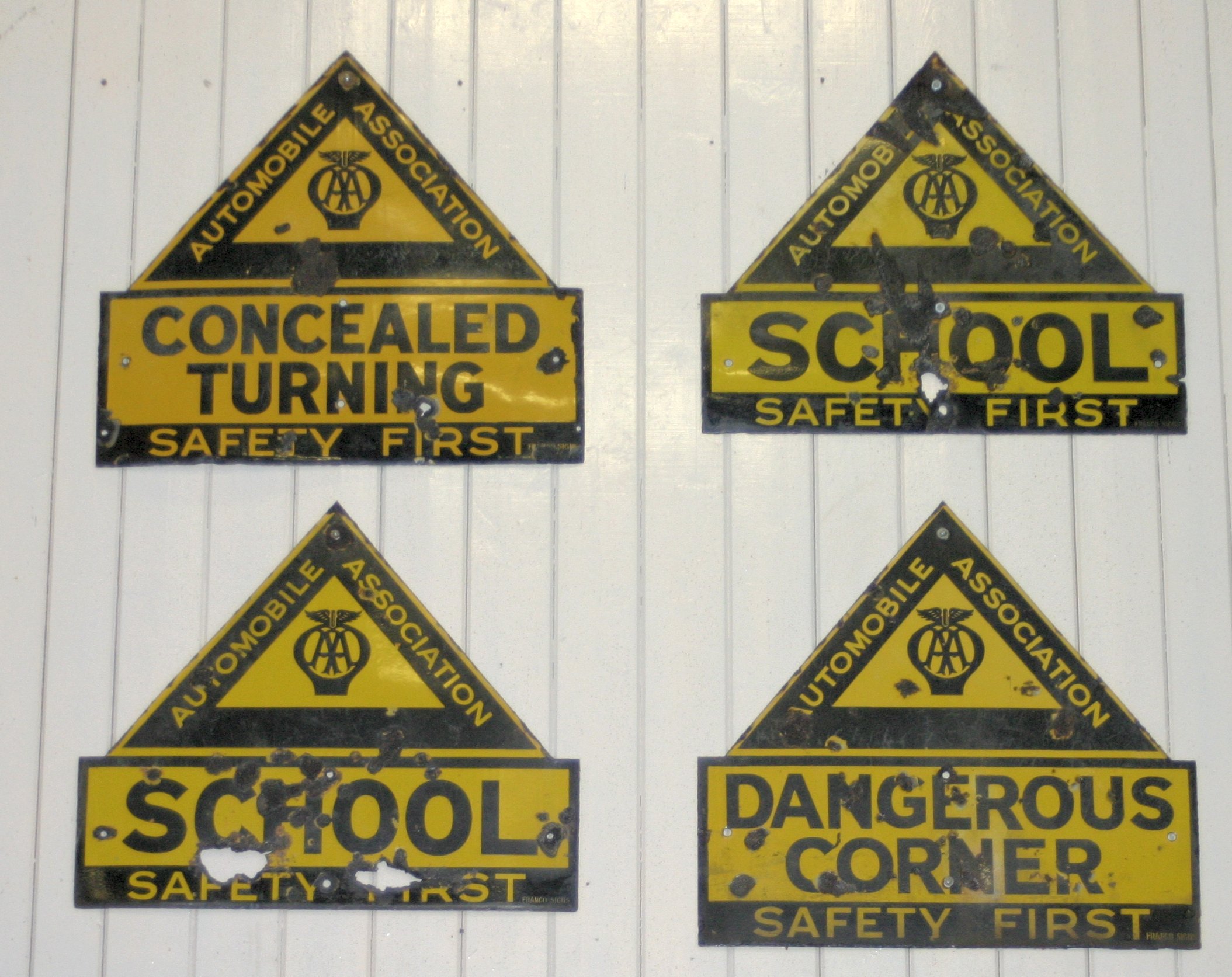AA Village Signs and The National AA Village Signs Collection at CVPHM
From 1906 to approximately 1932,The Automobile Association erected nearly 30000 signs in villages and towns across Great Britain. Most were removed during the war when a Nazi invasion seemed highly likely. At the end of World War II, only 600 or so were left and today there are around 65 still in situ around the country. Many more have survived in museums and private collections. The Colne Valley Postal History Museum is also home to the National AA Village Signs collection, comprising more than 60 of these iconic round village name signs from across the UK - the largest display of these anywhere. See video of them on our YouTube channel here:https://youtu.be/V0X7yNSLwQo as Curator Steve Knight shows you around our extensive collection.
These pages illustrate the diversity and show some of the obscure signs so far unearthed. Should you find one not shown here, we'd be pleased to hear from you. Please e-mail the Curator at kitmasterbloke@gmail.com..
|
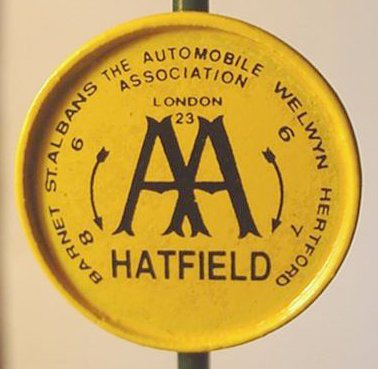
|
|
The very first sign to go up, in 1906, was on the Great North Road (to become the A1, now the A1000) at Hatfield in Hertfordshire. The design was immediately recognisable in that it was circular and in the AA colours of yellow & black. It differed considerably from later designs, not least in being mounted on a street lamp rather than a wall. The model is by the excellent English manufacturer DG Models / Autocraft Plus who also model AA vehicles.
The most common design is the circular sign approximately 1 m in diameter. The earliest show the interleaved letters "AA" but not in a badge form. These were erected from 1906 - 1910, when the AA merged with the Motor Union. A rare second style shows the AA encapsulated in a badge, but without wings. These pre-date the merger of the Automobile Association and the Motor Union, whose badge of a winged wheel, seen head-on, gave the merged Association the familiar winged AA badge. Signs which state "AA & MU" are from the period after 1910. The first circular post-merger badges are enamelled in a very deep violet-blue and not black. These are rare. Eventually, in 1923, the "and MU" was dropped leaving just Automobile Association with the winged badge and in black on yellow. The badge-shaped signs are the second most common and these all say "AA & MU" and date from 1912-1920. Scottish signs were erected by the AA and Scottish RAC, there being less rivalry between the two organisations north of the border! Irish AA signs were also prevalent before the 1922 partition and many of these are in Gaelic script and co-feature the badge of the Royal Irish Automobile Club - RIAC.
|
|
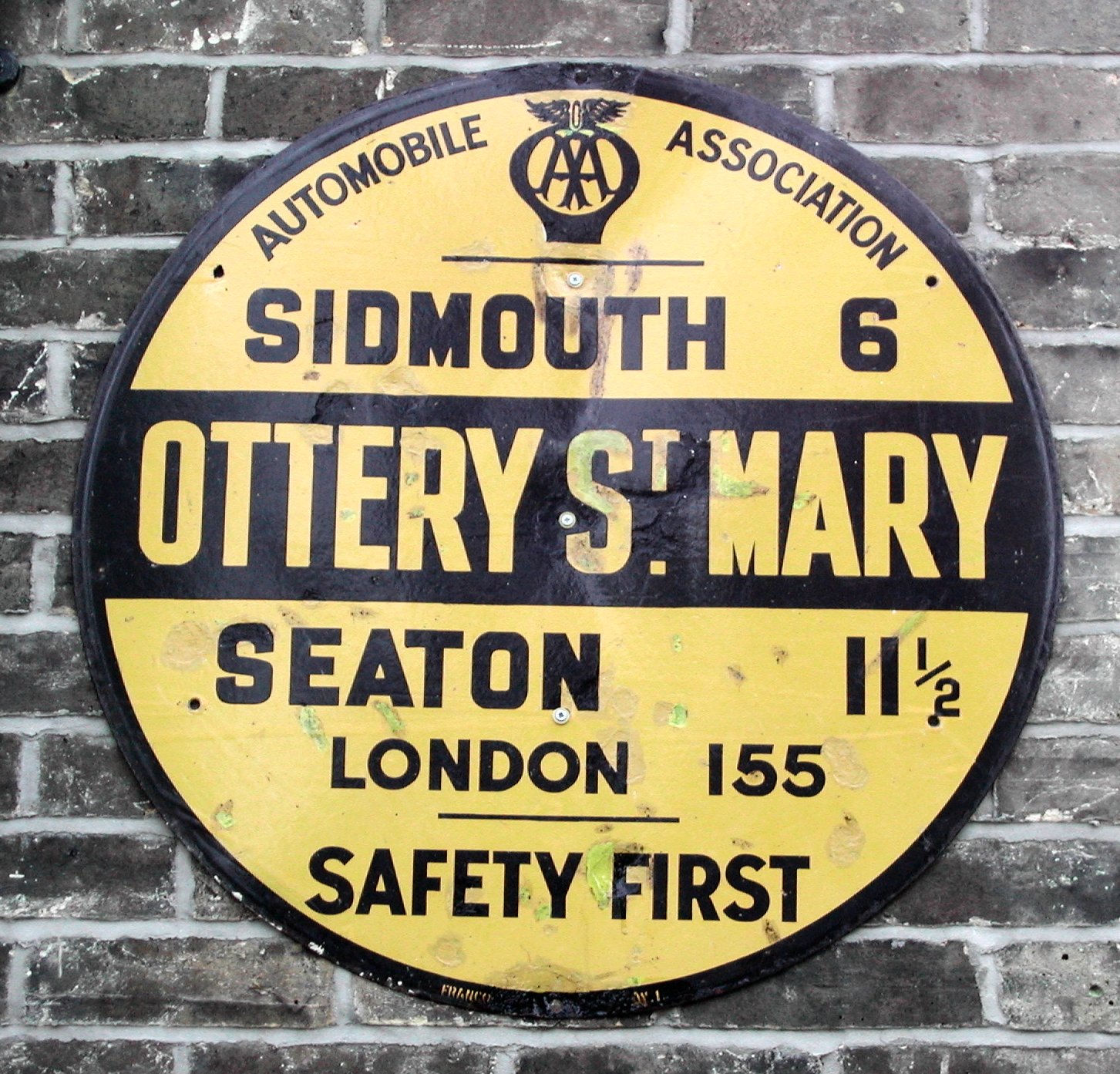
National AA Village Signs Collection at the Colne Valley Postal History Museum
|

Was on display at Colne Valley Postal History Museum,
but during 2014 it was restored to the original village,
which is actually called Loxhore Cott, on Exmoor,
where it is in the care of the Parish Council
|
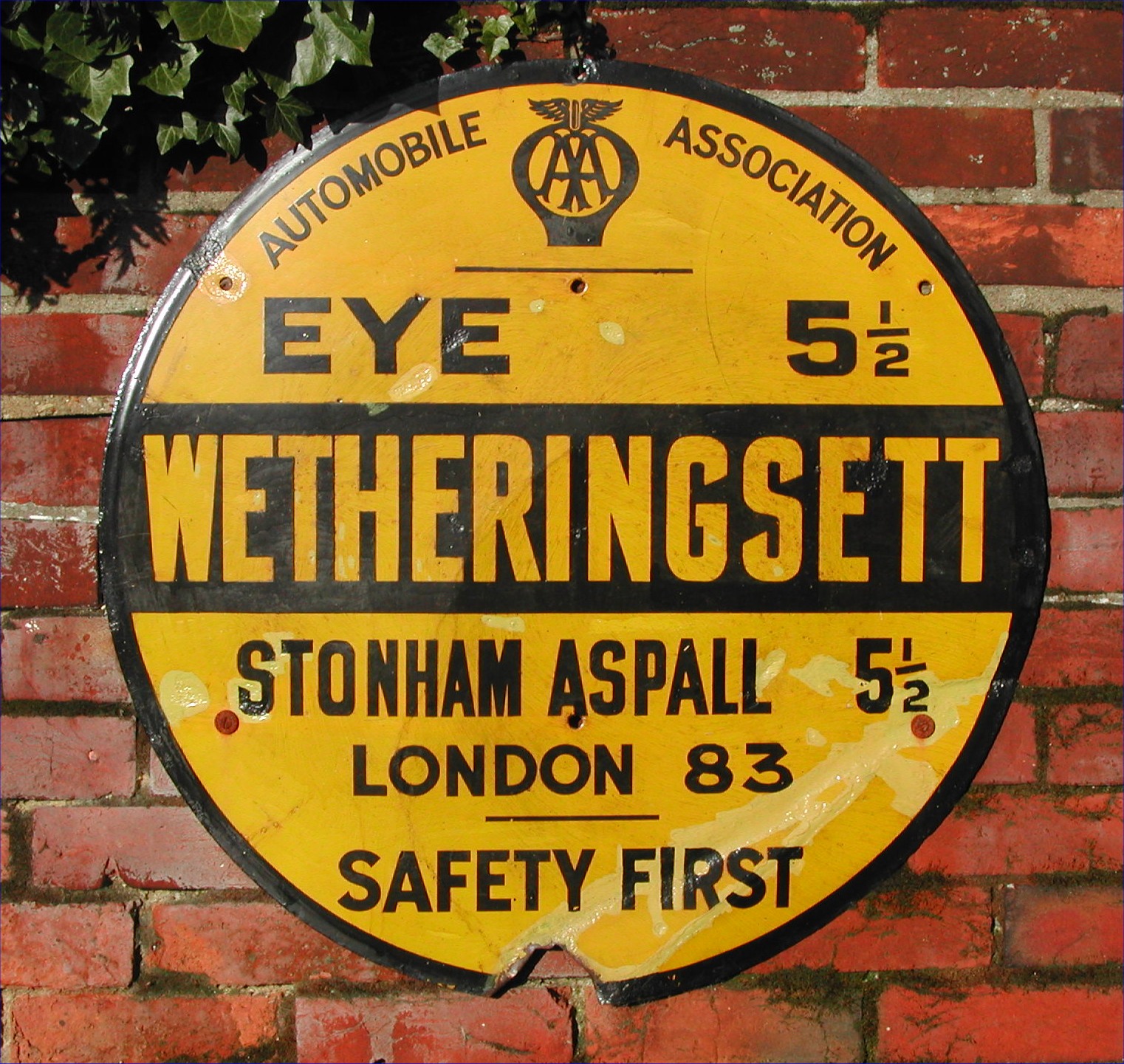
National AA Village Signs Collection at the Colne Valley Postal History Museum
|
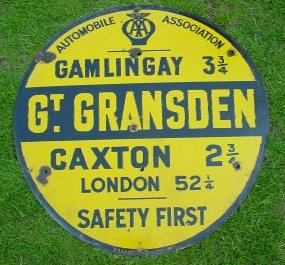
National AA Village Signs Collection at the Colne Valley Postal History Museum
|
|
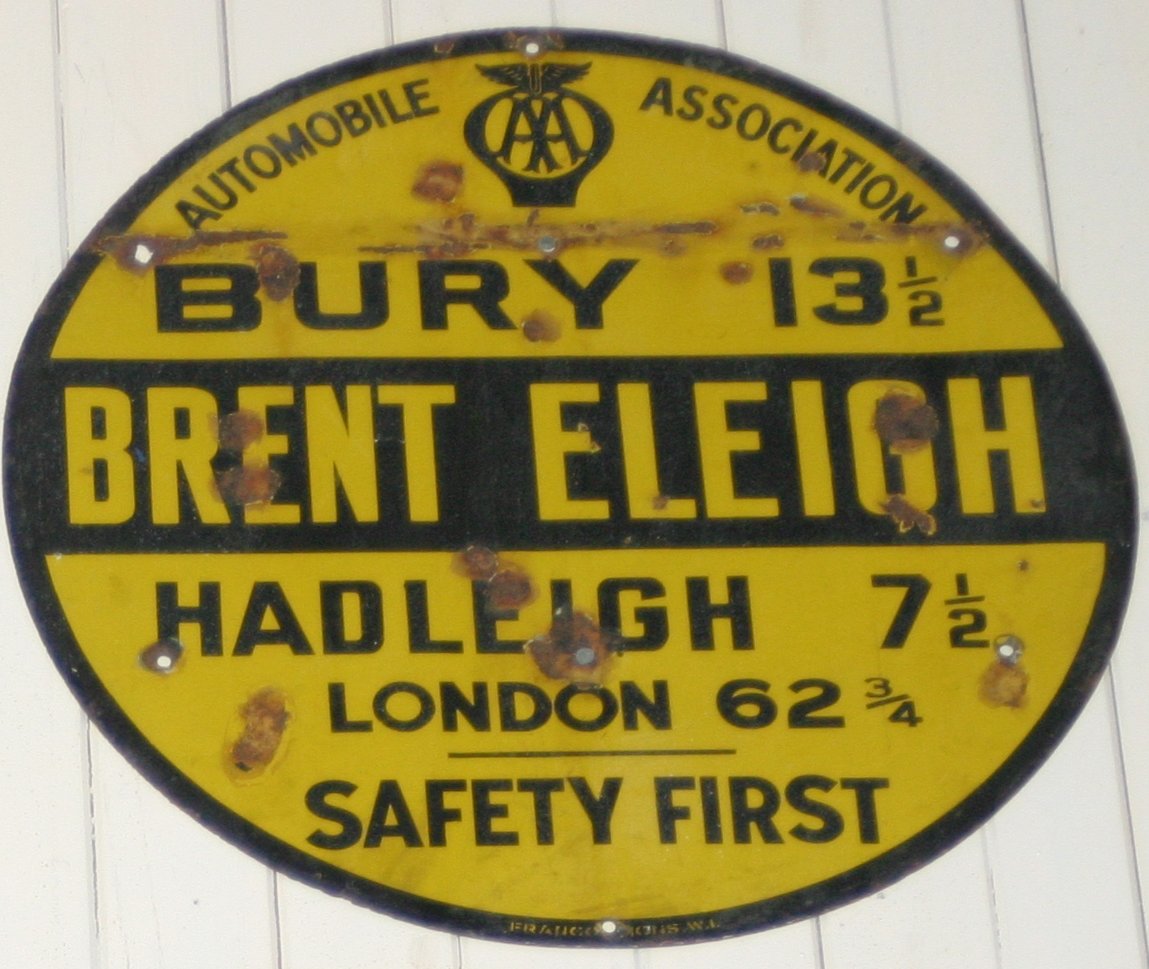
Ipswich Transport Museum
|

Ipswich Transport Museum
1st design after AA & MU merger
|
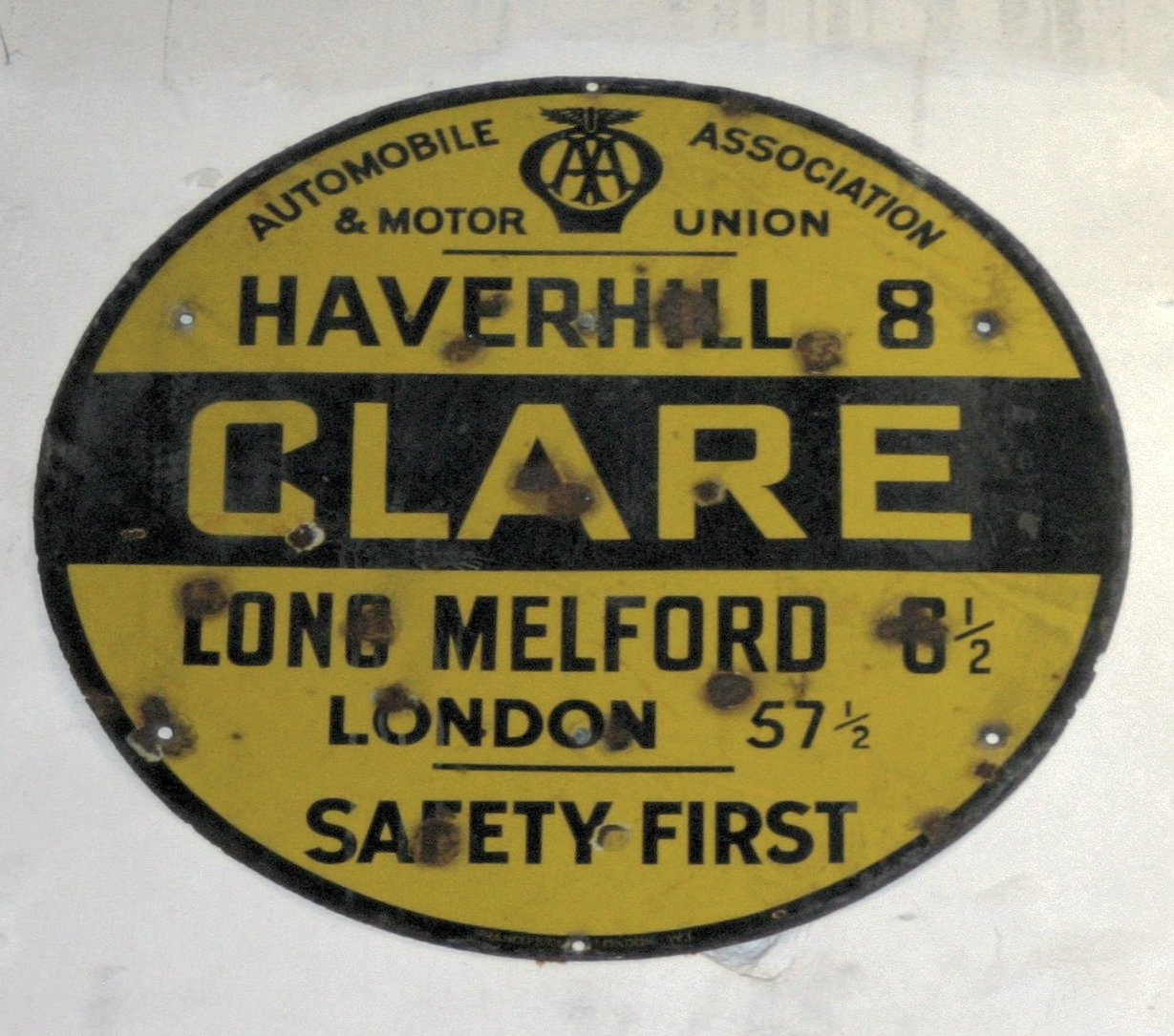
Ipswich Transport Museum
1st design after AA & MU merger
|
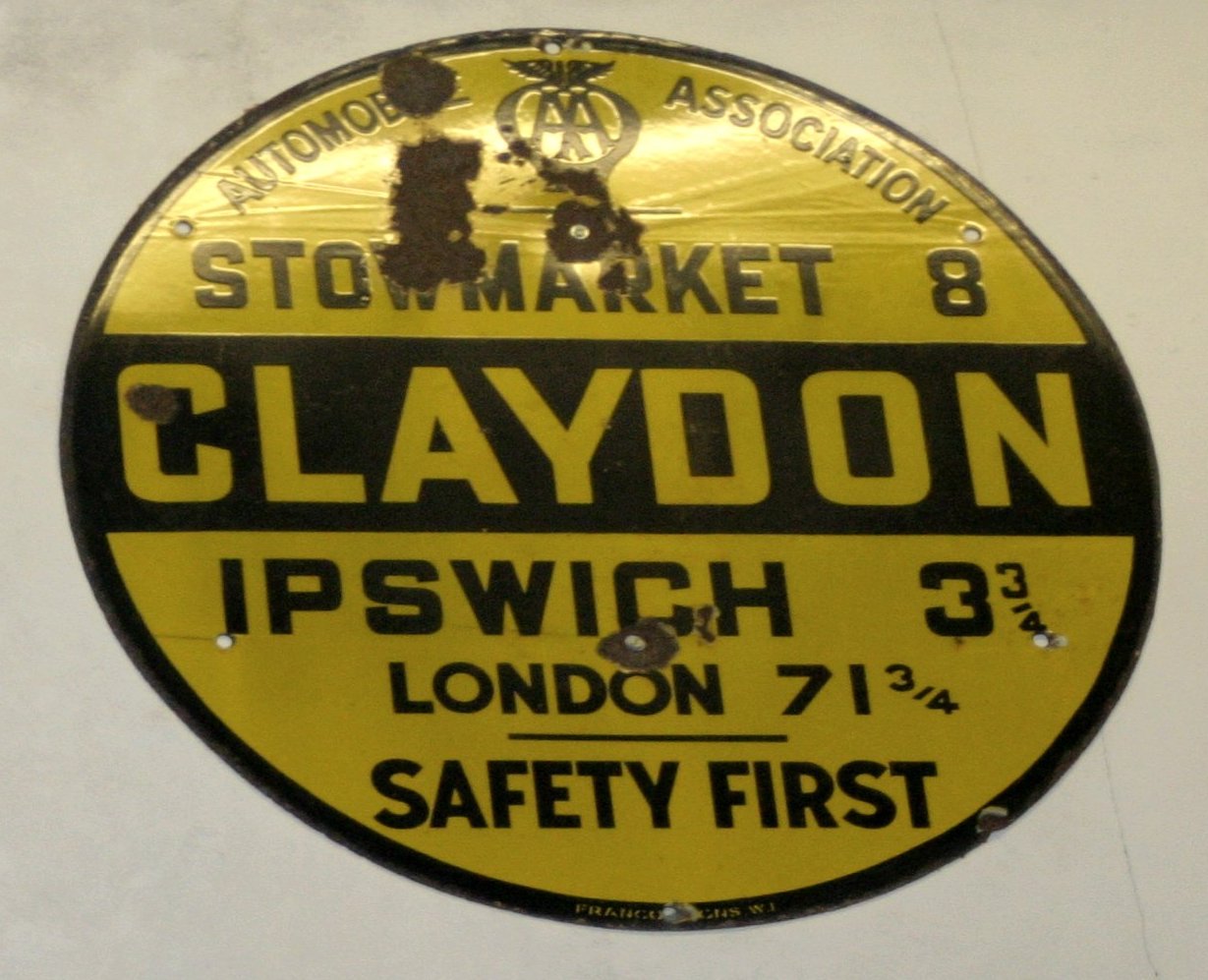
Ipswich Transport Museum
|
|
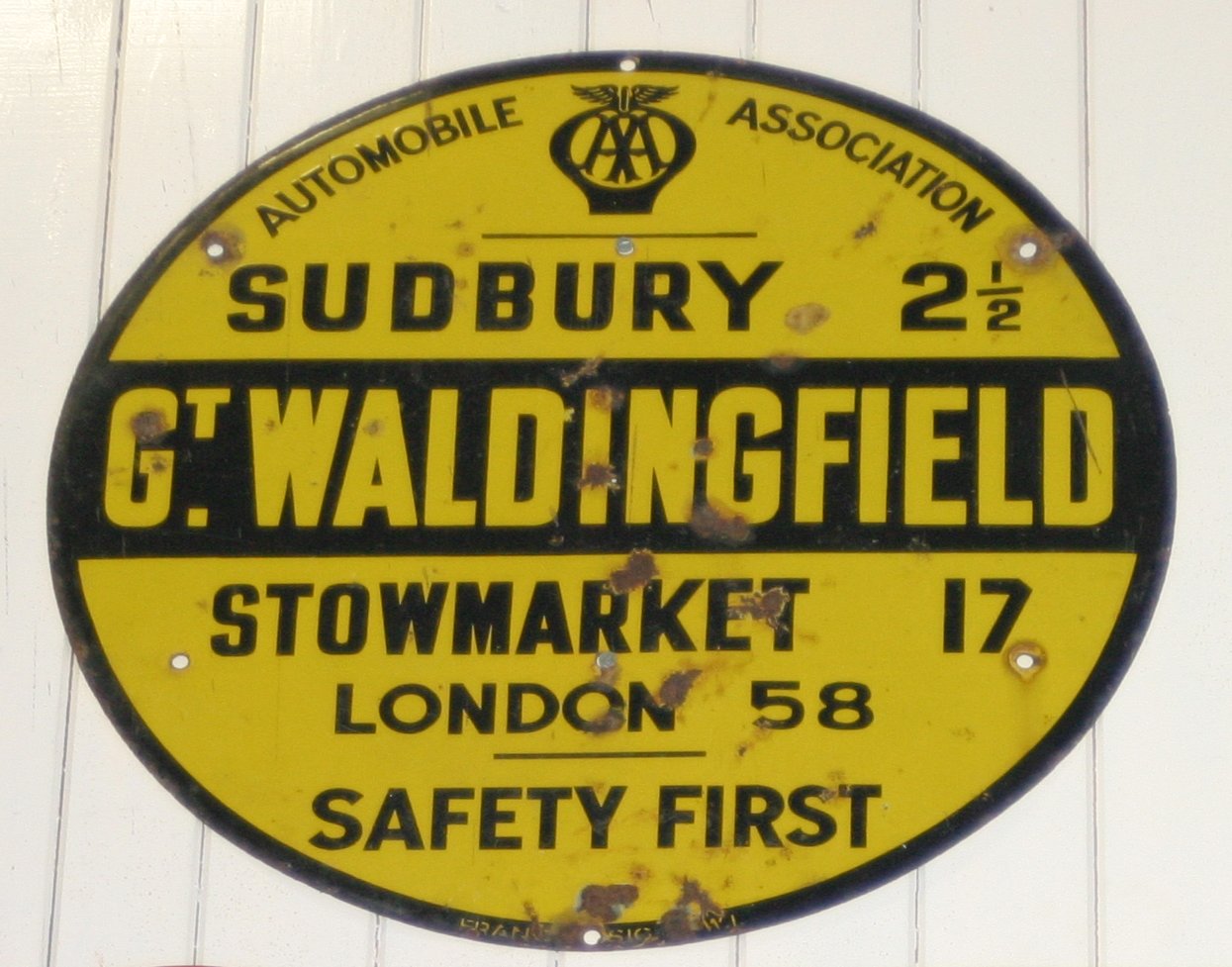
Ipswich Transport Museum
|
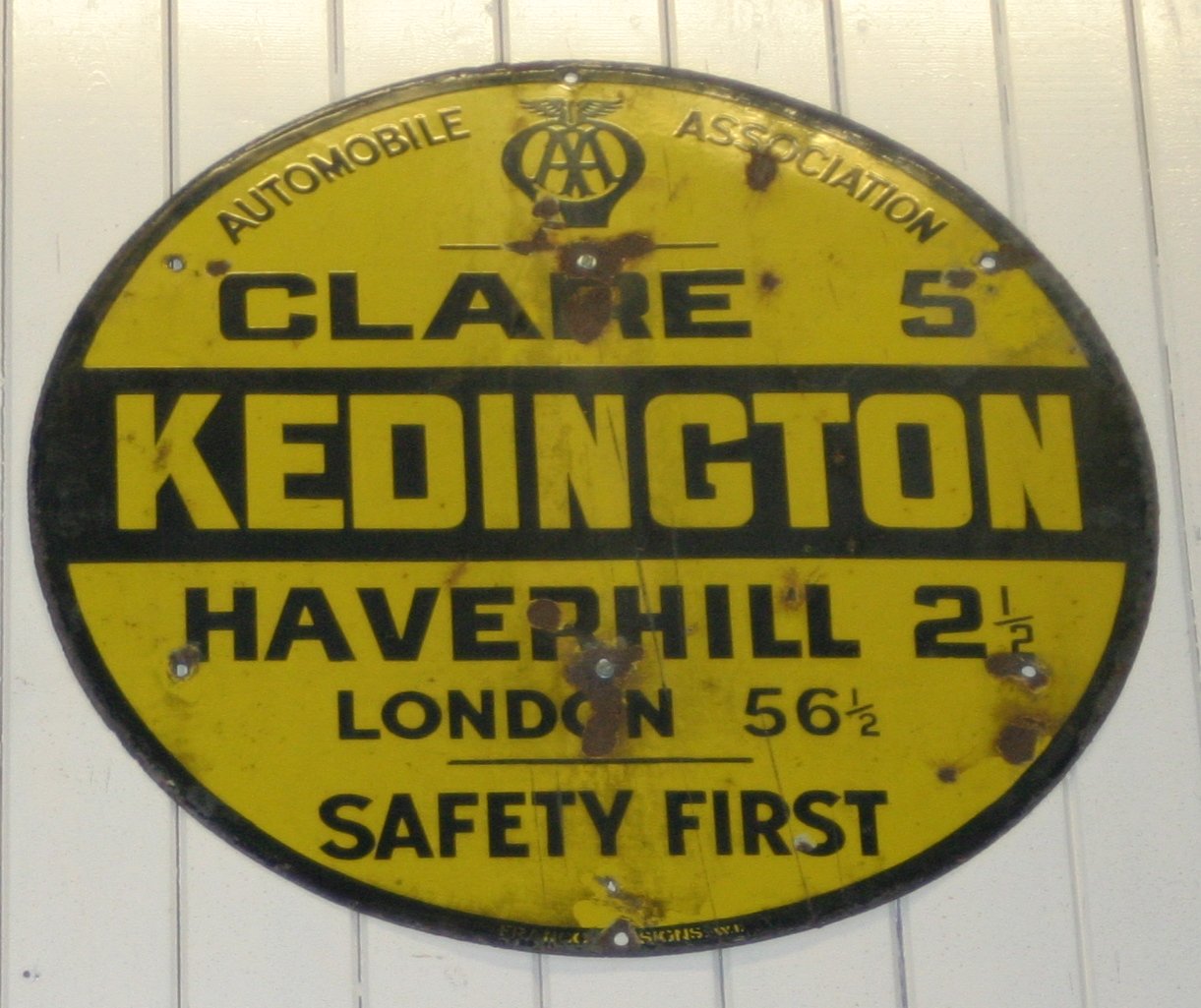
Ipswich Transport Museum
|
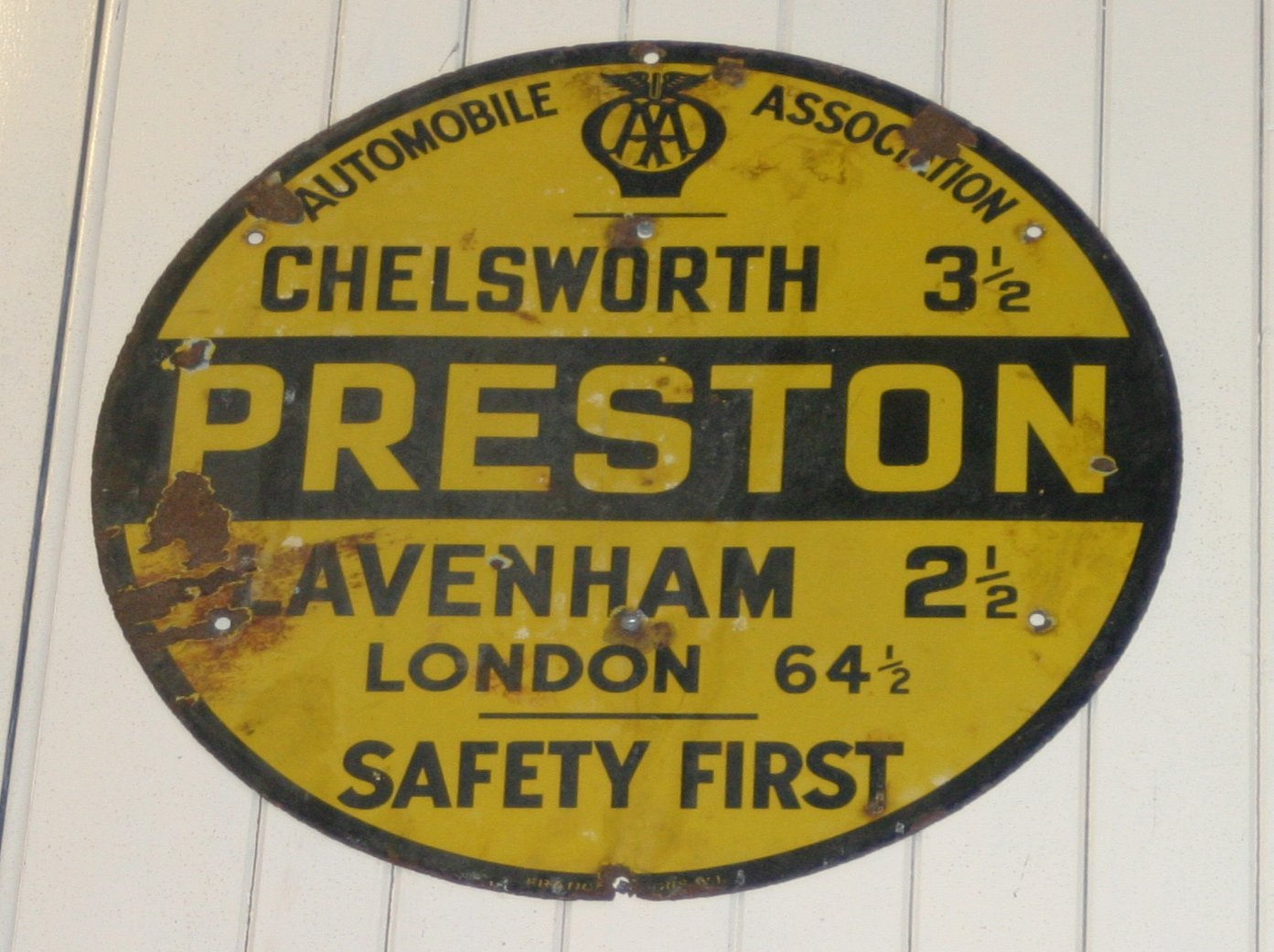
Ipswich Transport Museum
|
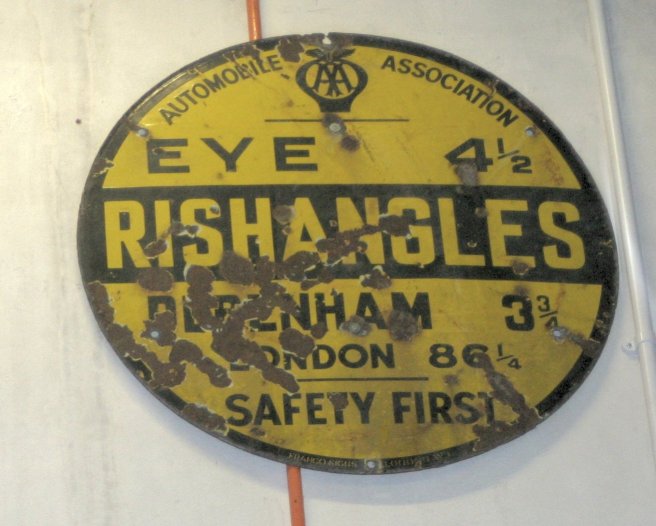
Ipswich Transport Museum
|
|
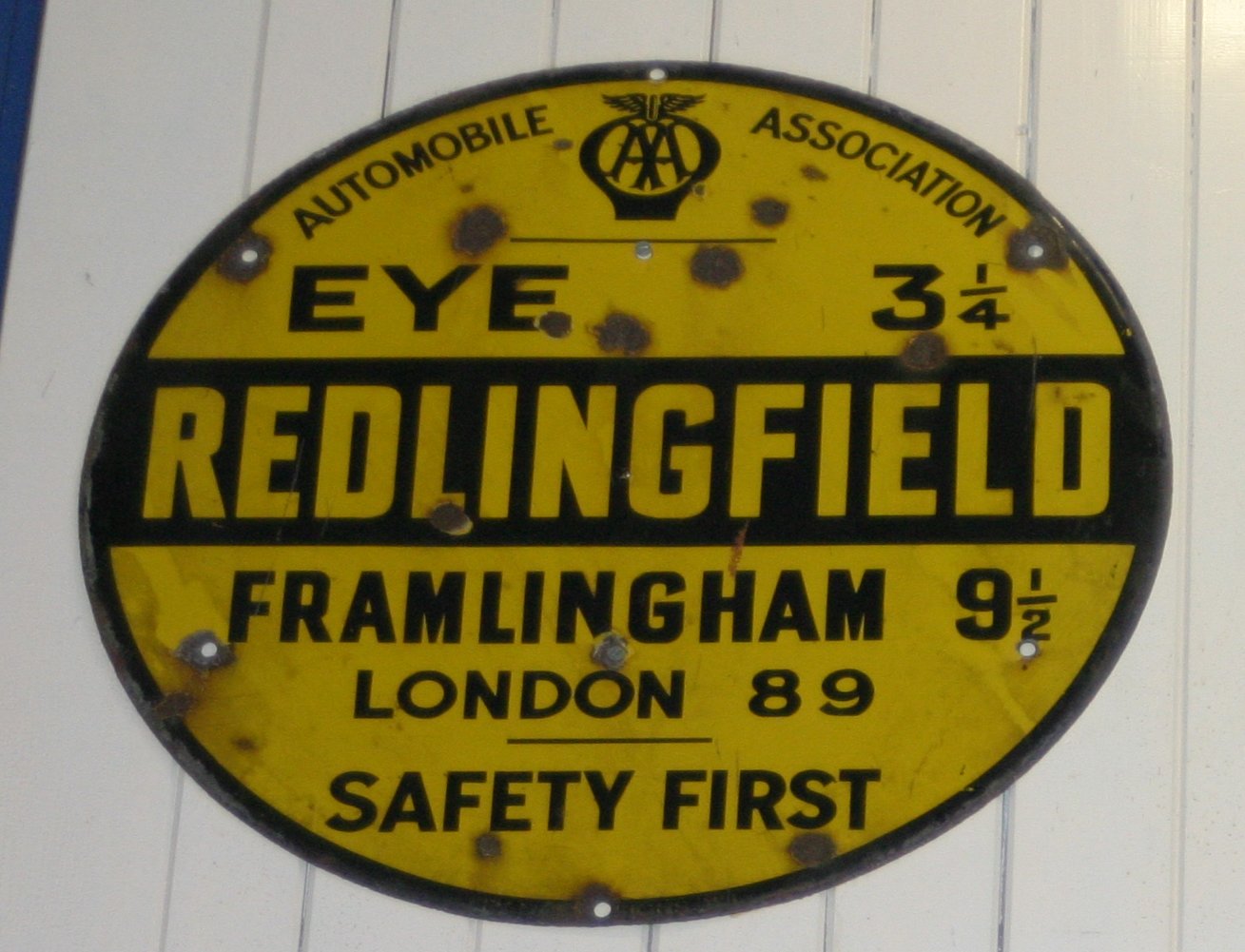
Ipswich Transport Museum
|
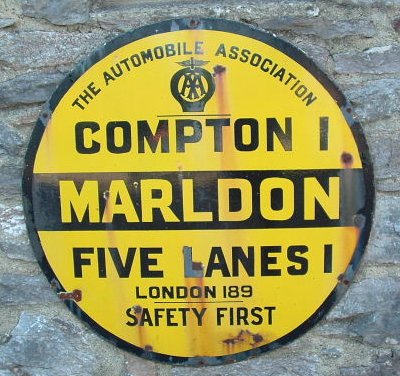
In Situ
Non-standard wording and layout"THE Automobile Association"
|
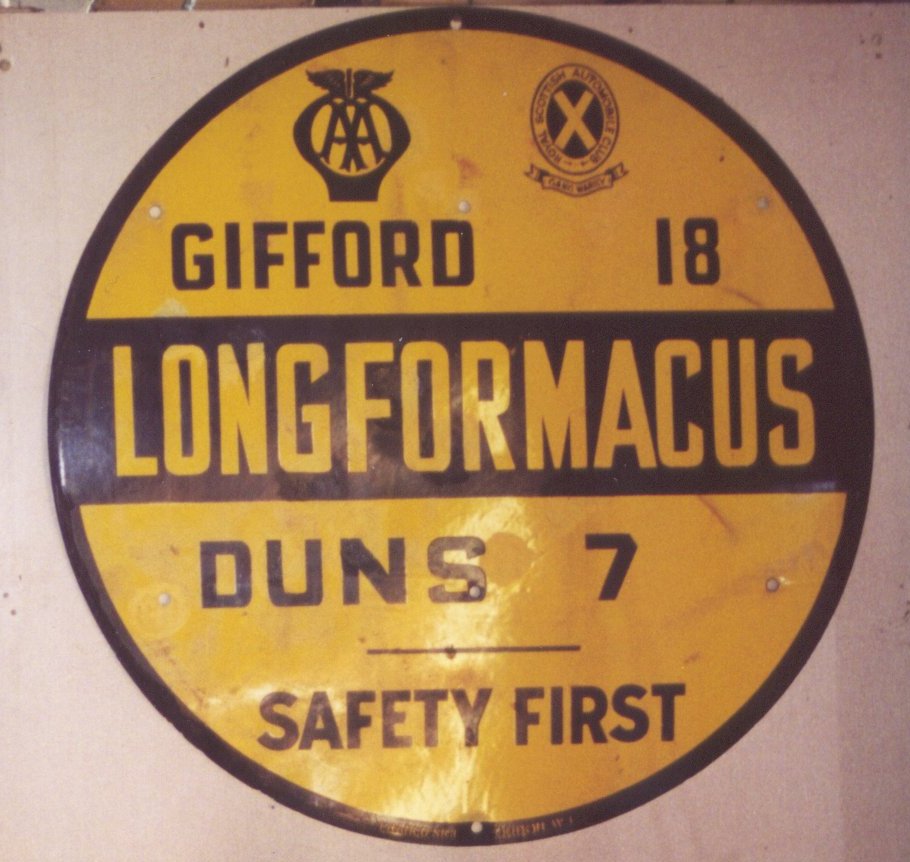
Norham Station Museum, Northumberland
AA and Scottish RAC. No mention of London.
|
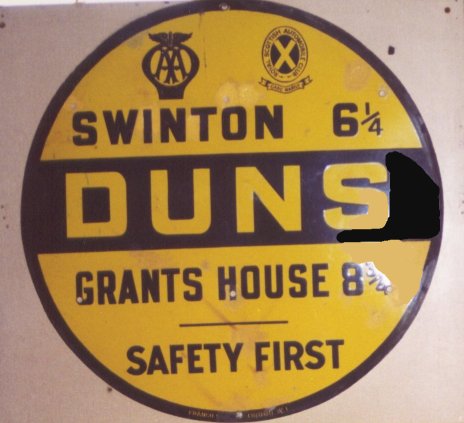
Norham Station Museum, Northumberland.
AA and Scottish RAC. No mention of London.
|
|
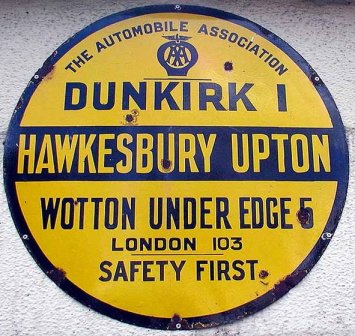
In Situ
Non-standard wording and layout "THE Automobile Association"
|
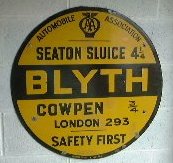
National AA Village Signs Collection at the CVPHM
|

National AA Village Signs Collection at the CVPHM before restoration
|

National AA Village Signs Collection at the CVPHM
|
|
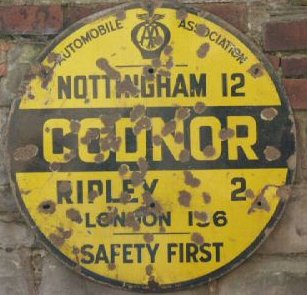
National AA Village Signs Collection at the CVPHM under restoration
|
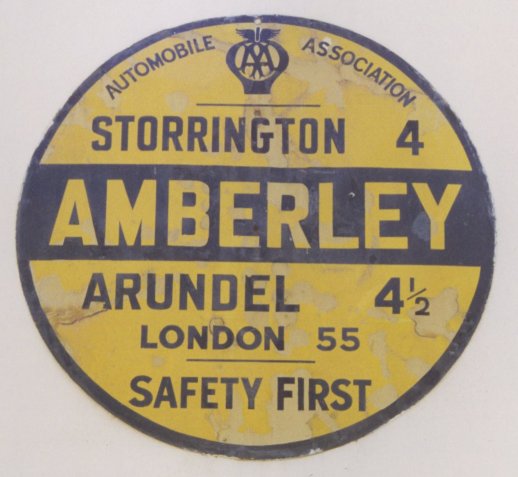
Amberley Working Museum
|
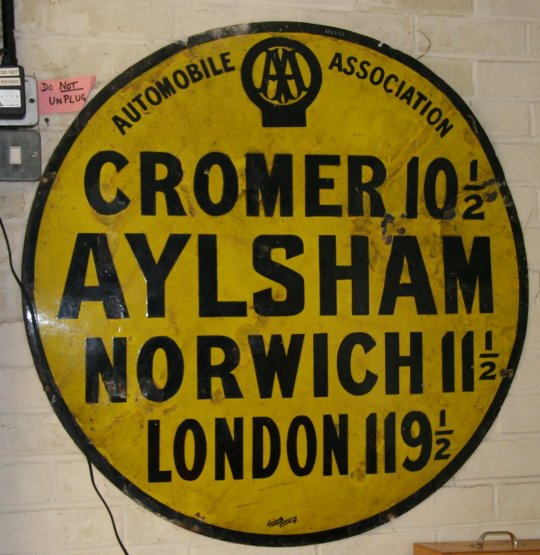
East Anglian Transport Museum
Second style before MU merger,
AA badge with no wings, no black bar
|
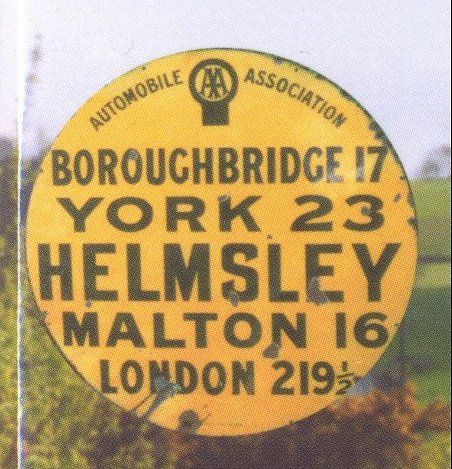
National AA Village Signs Collection at the CVPHM
Second style before MU merger,
AA badge with no wings, no black bar
|
|
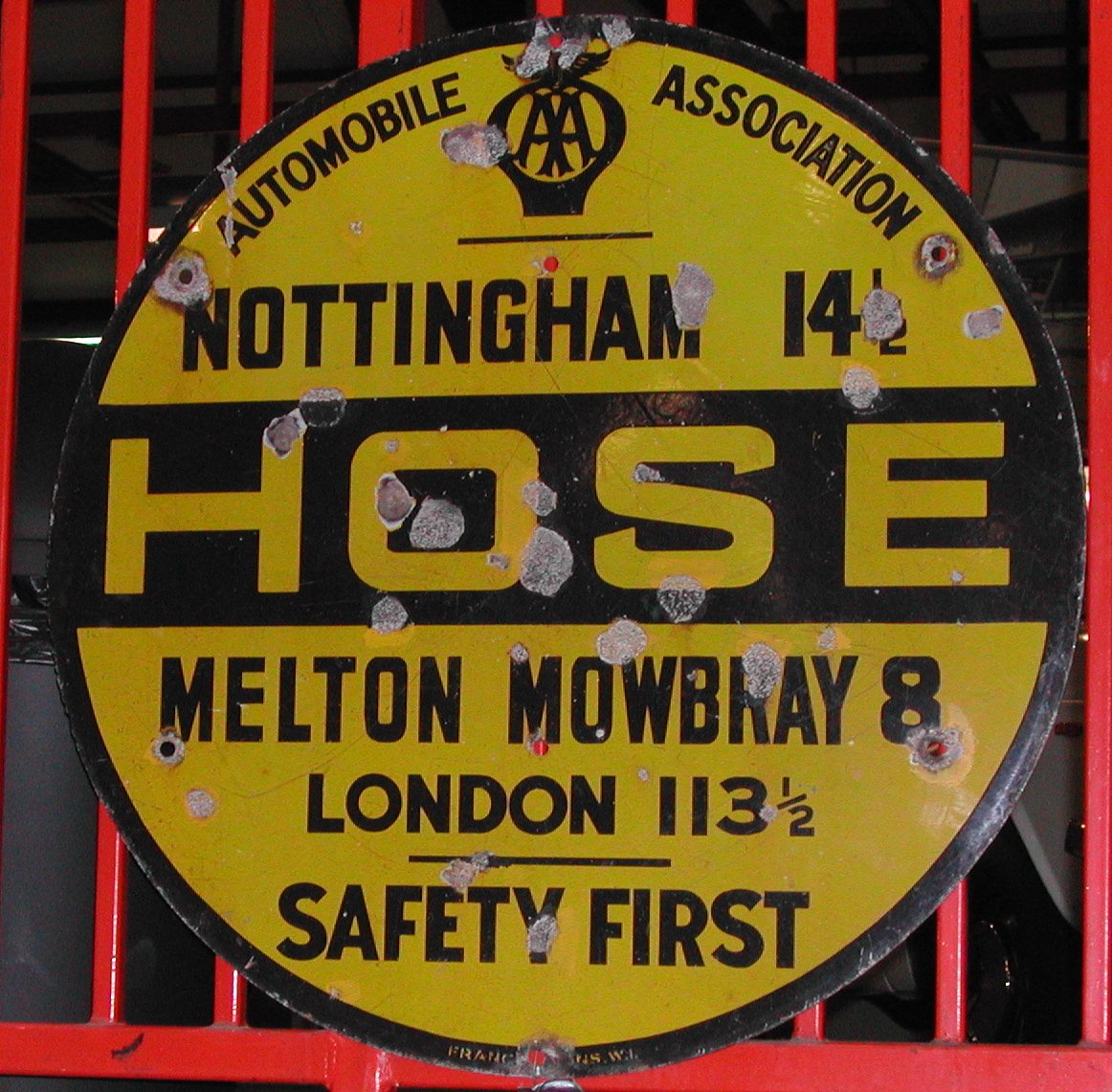
Coventry Transport Museum
|
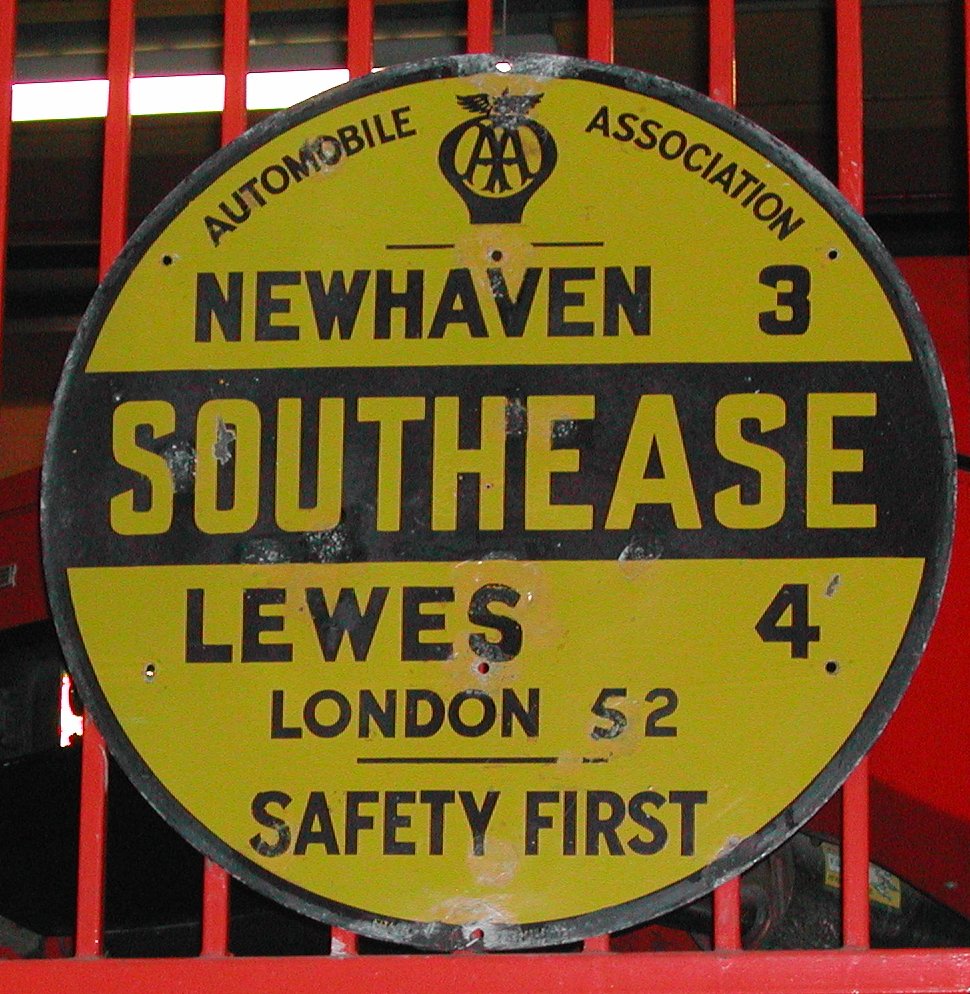
Coventry Transport Museum
|
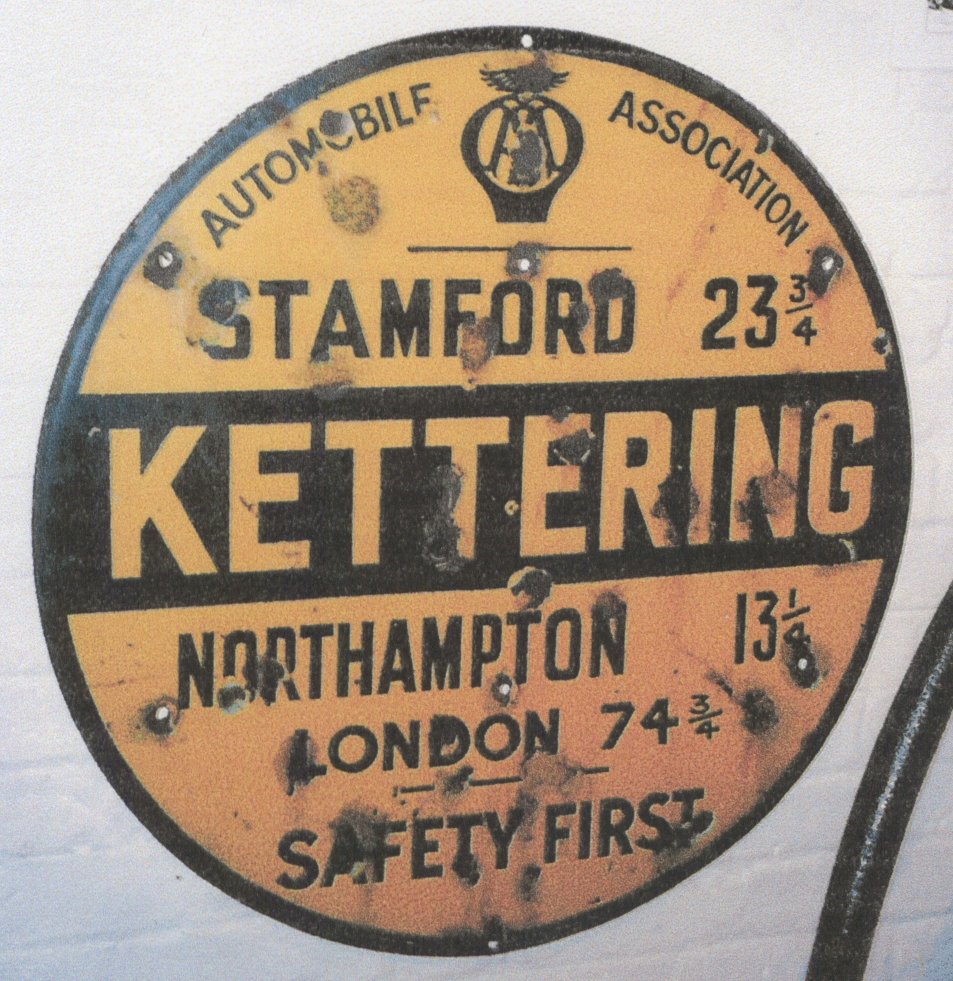
Kettering Museum
|
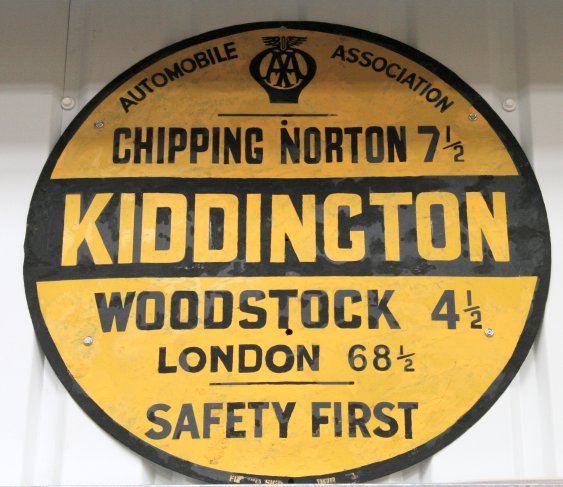
Oxford Bus Museum
|
|
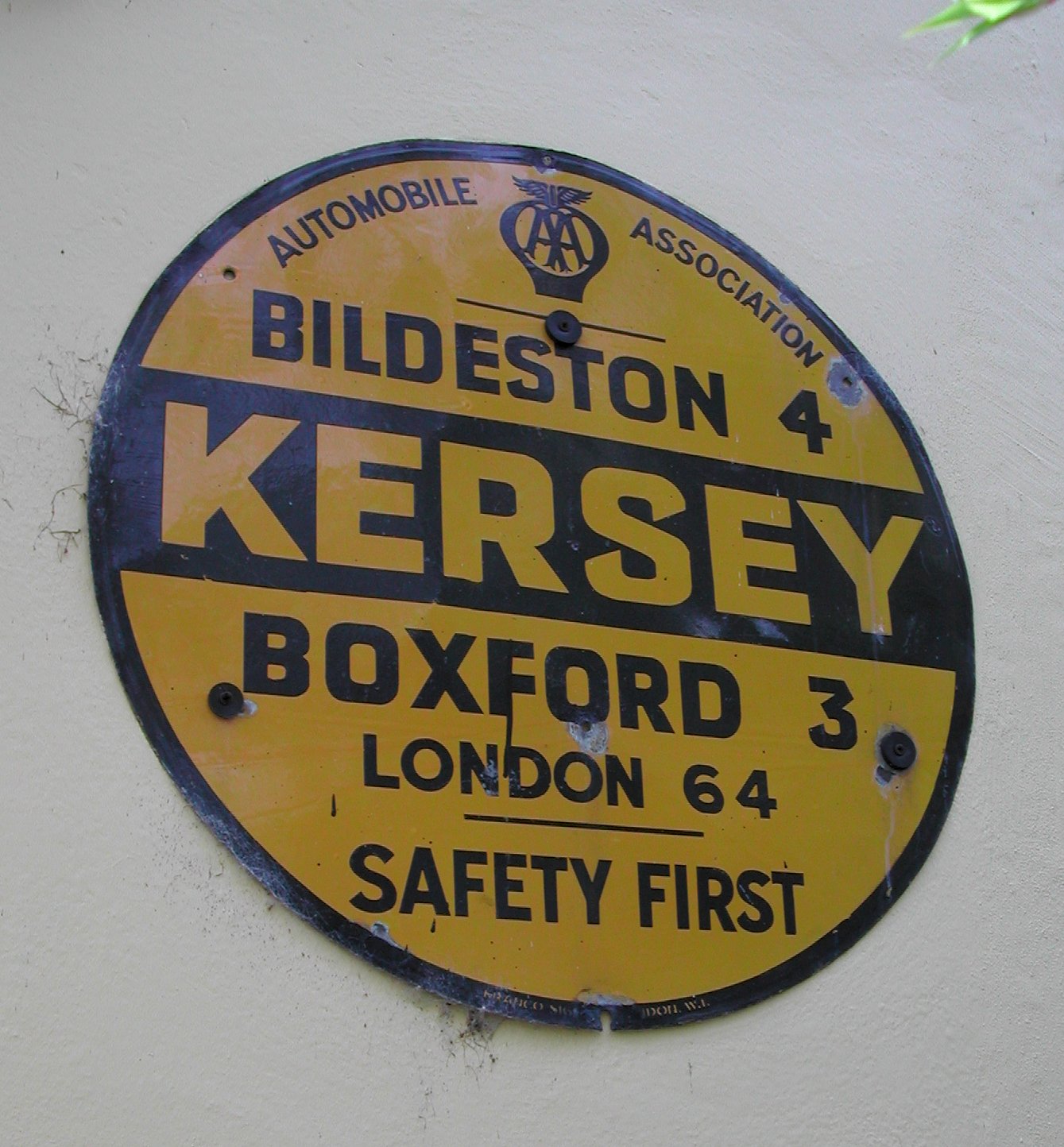
In Situ
|
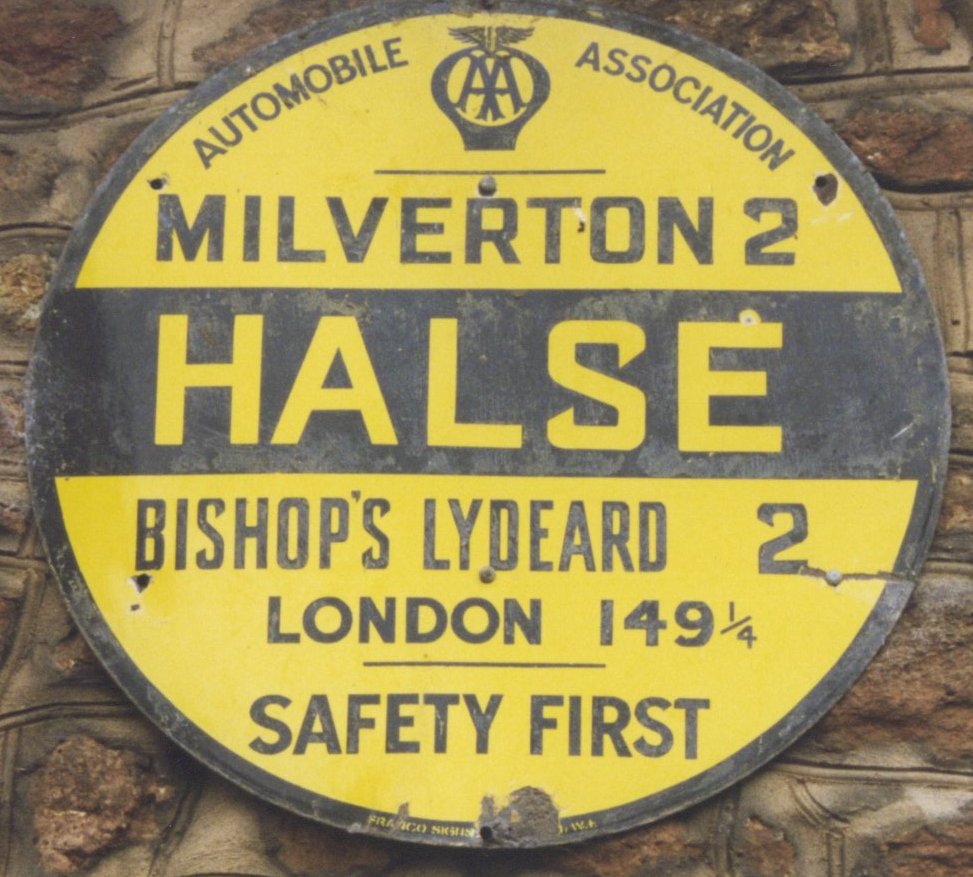
In Situ
|
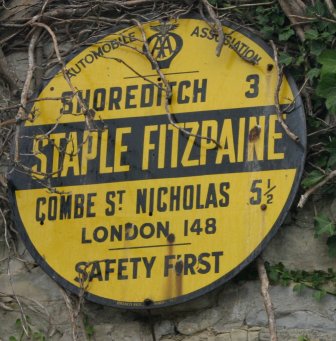
In Situ
|

In Situ
|
|

In Situ
1st design after AA & MU merger
|
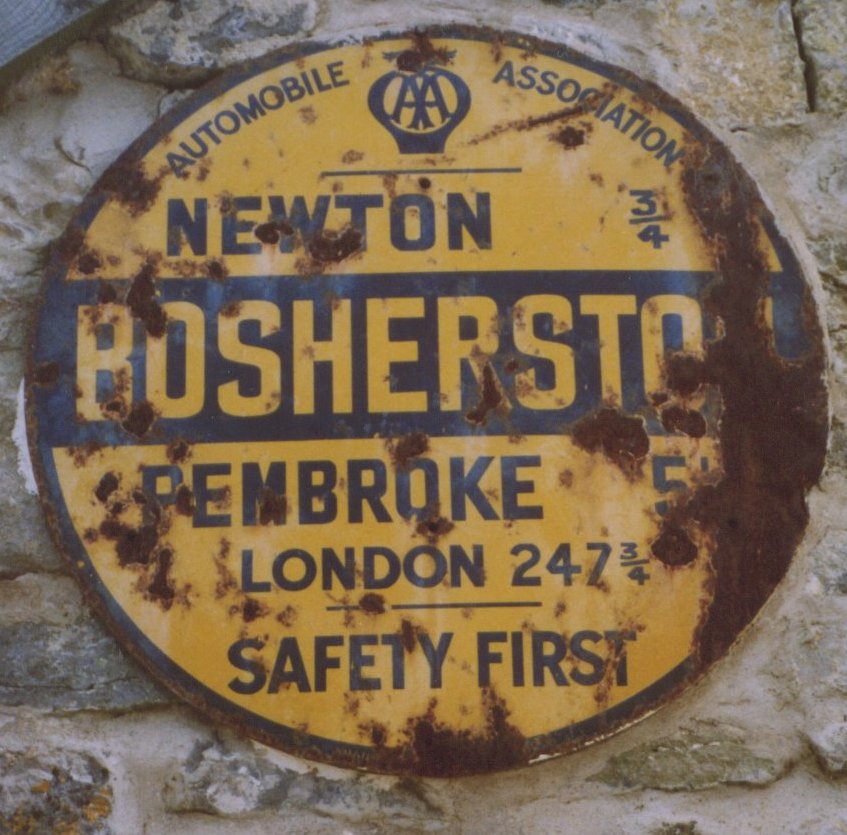
In Situ
|
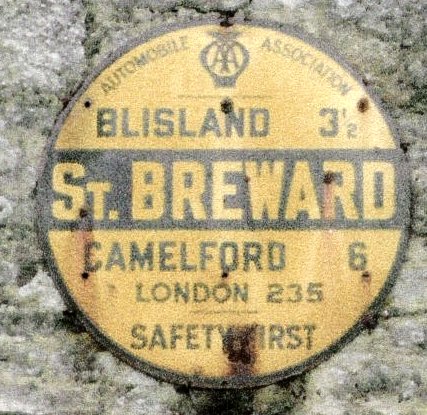
In Situ
|
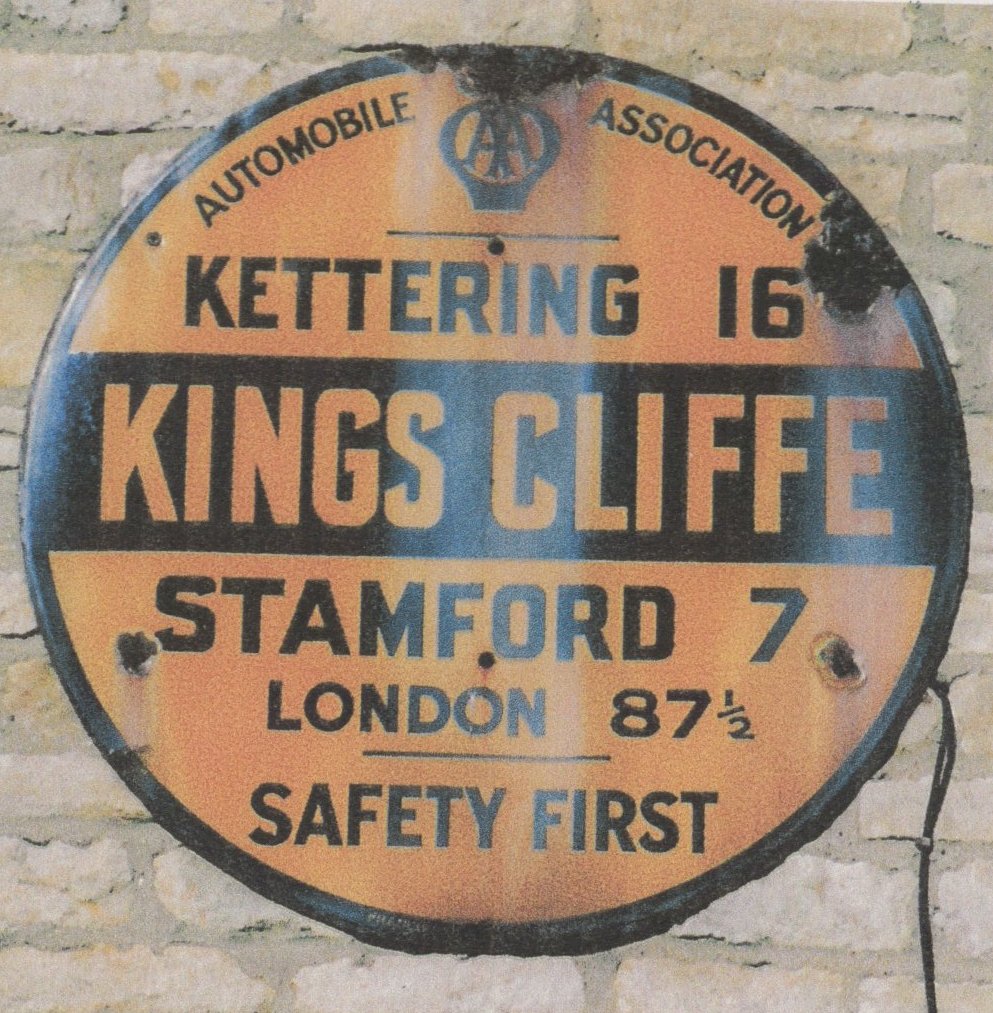
In Situ
|
|
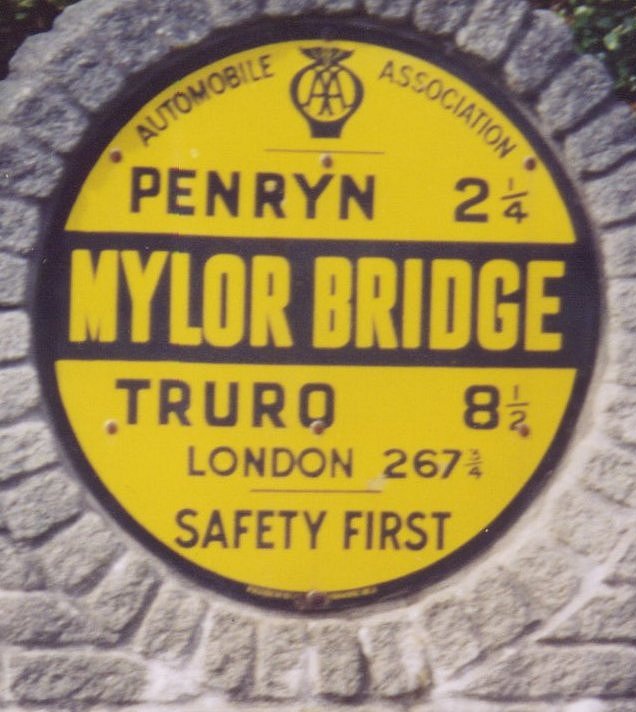
In Situ
|
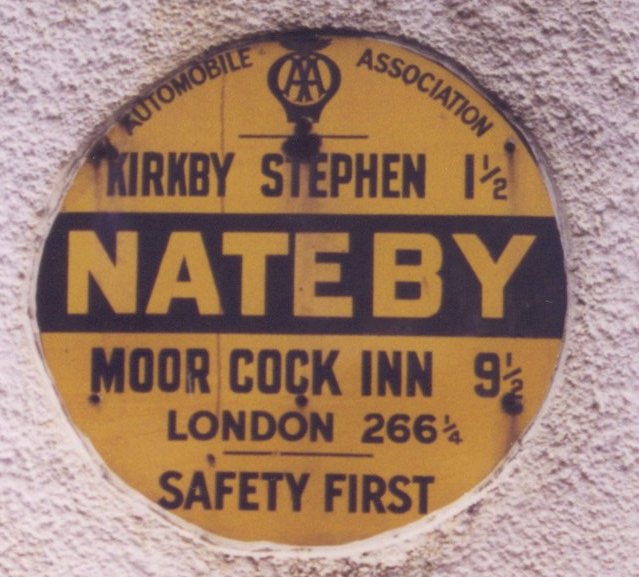
In Situ
|
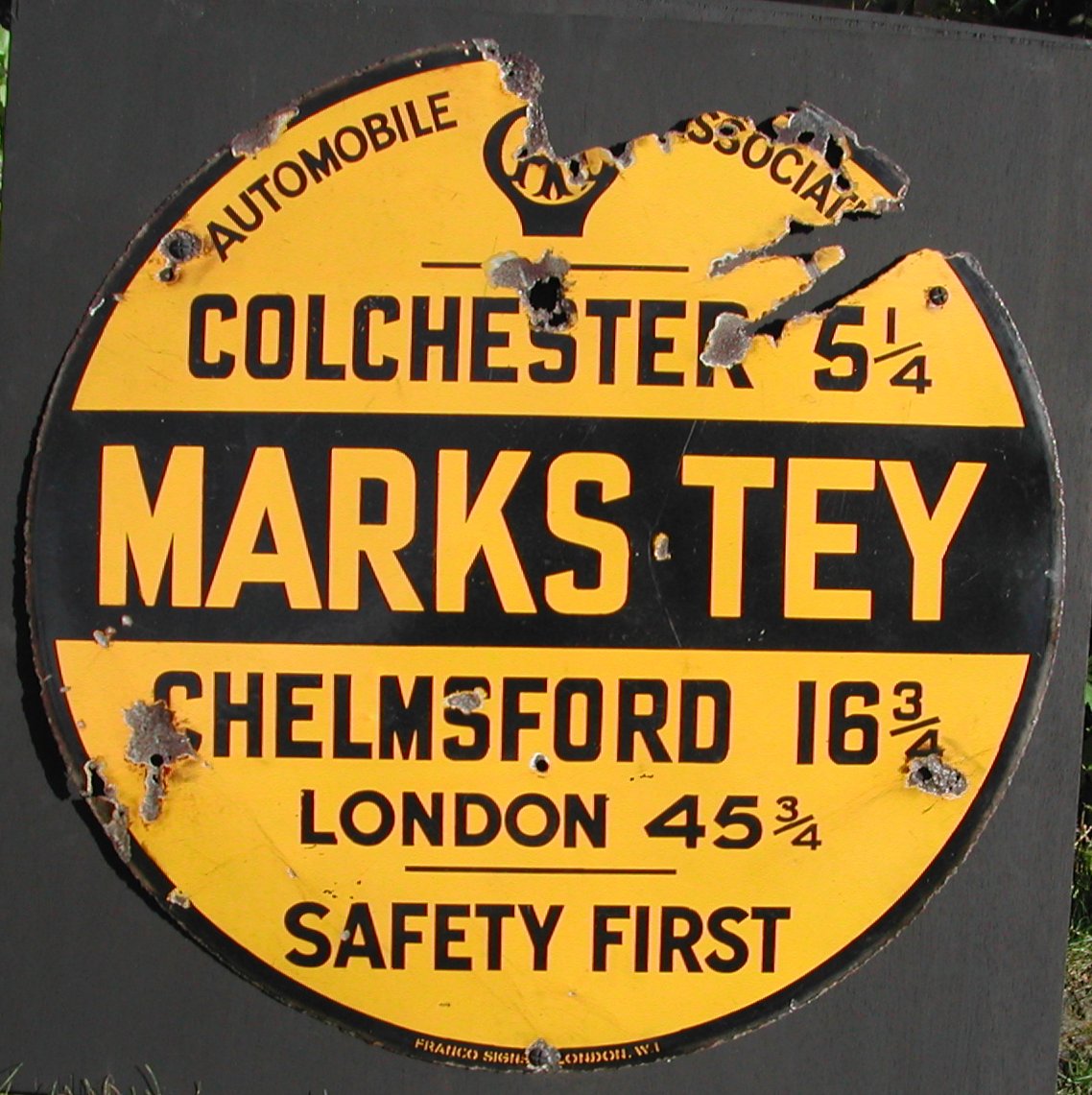
Private Collection
|
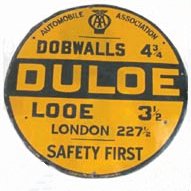
National AA Village Signs Collection at the CVPHM
|
|

Private Collection, Essex
1912-1920 "winged badge" design
|
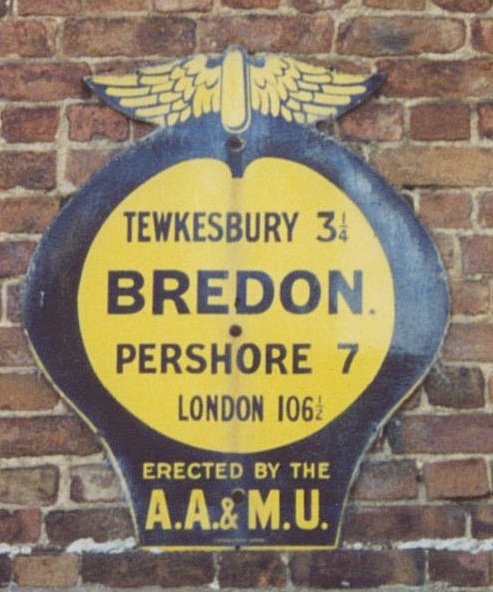
In Situ
1912-1920 "winged badge" design
|
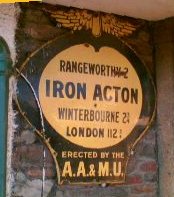
In Situ
1912-1920 "winged badge" design
|
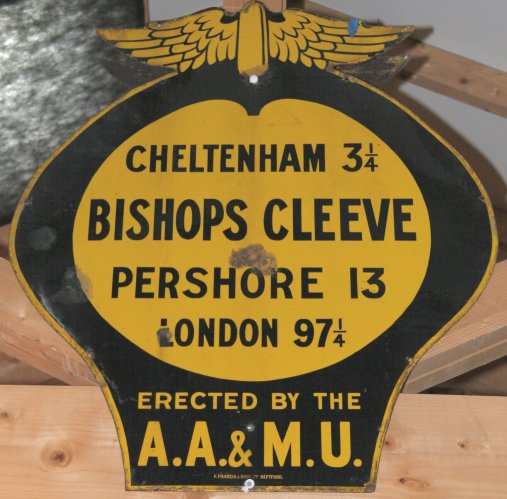
Cotswold Motor Museum
1912-1920 "winged badge" design
|
|
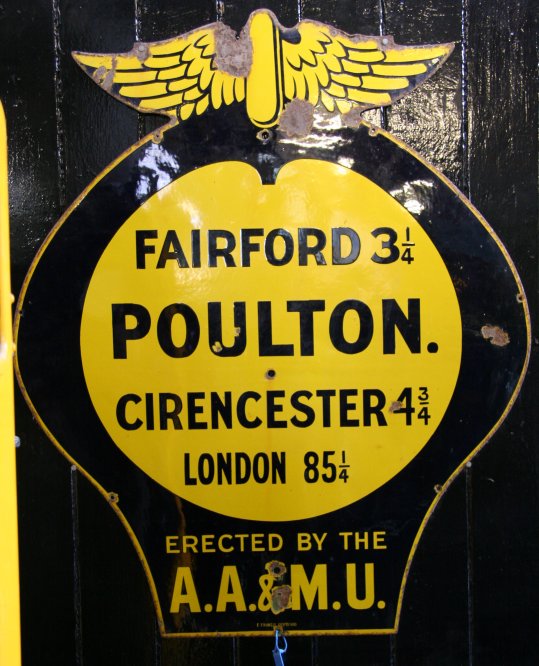
Cotswold Motor Museum
1912-1920 "winged badge" design
|
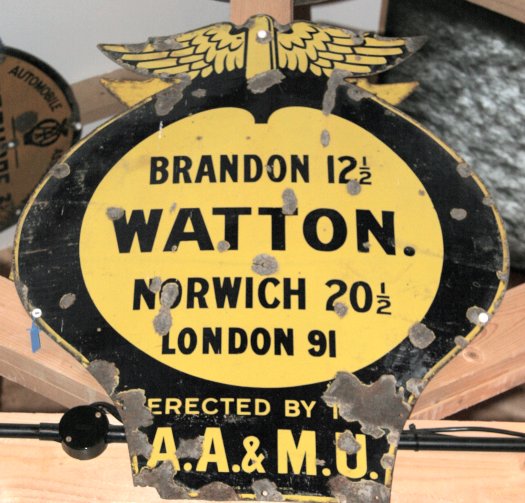
Cotswold Motor Museum
1912-1920 "winged badge" design
|
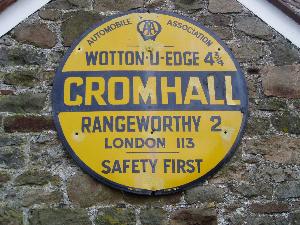
In situ
|
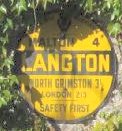
In Situ
|
|
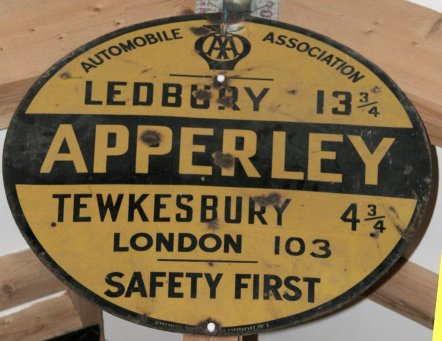
Cotswold Motor Museum
|
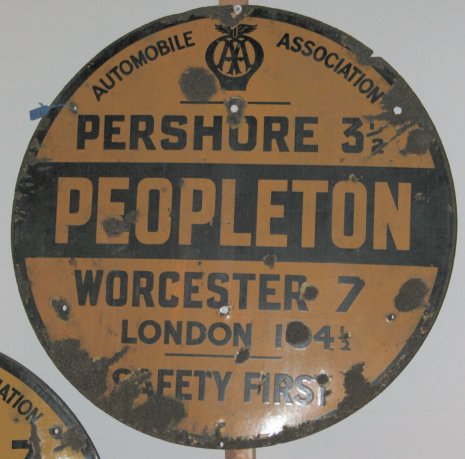
Cotswold Motor Museum
|
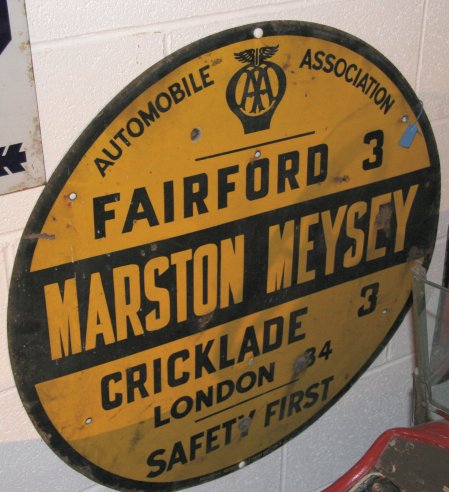
Cotswold Motor Museum
|
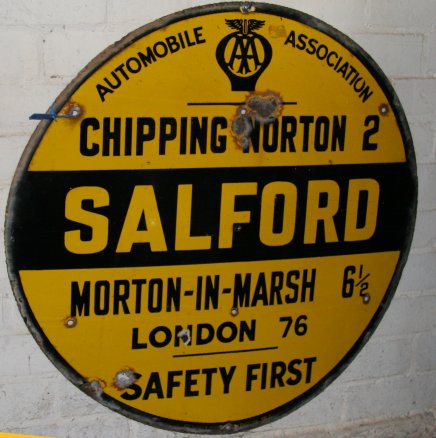
Cotswold Motor Museum
|
|
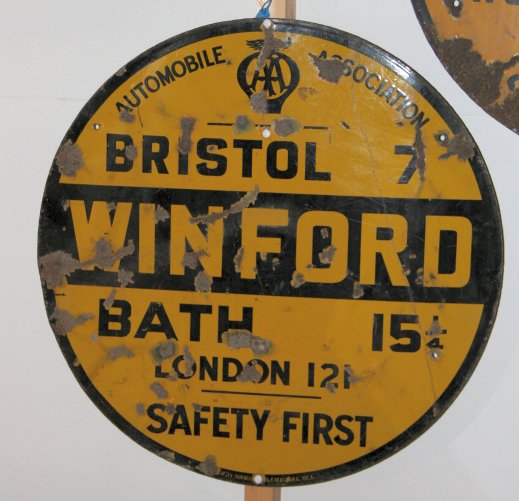
Cotswold Motor Museum
|
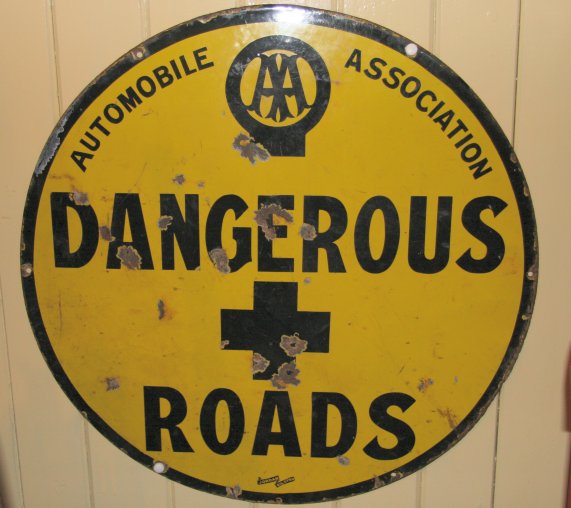
Cotswold Motor Museum
Pre-marger AA badge
|

Cotswold Motor Museum
South African AA
|
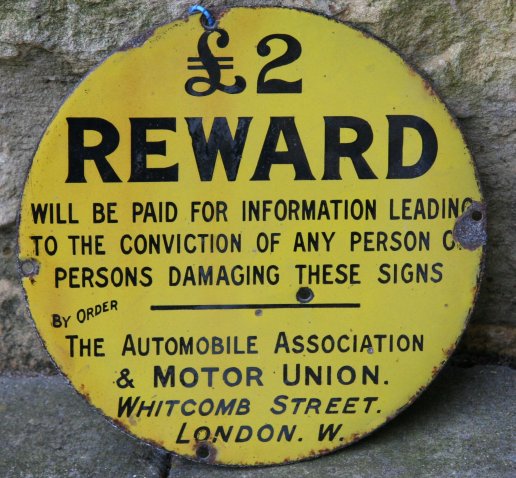
Cotswold Motor Museum
Erected below the main sign to attract
small boys catapult shots! Size 8" diam.
|
|
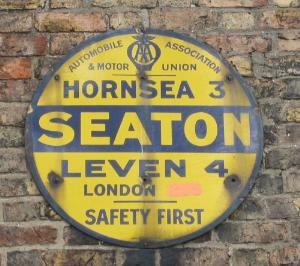
In Situ
1st design after AA & MU merger
|

Ipswich Transport Museum
|
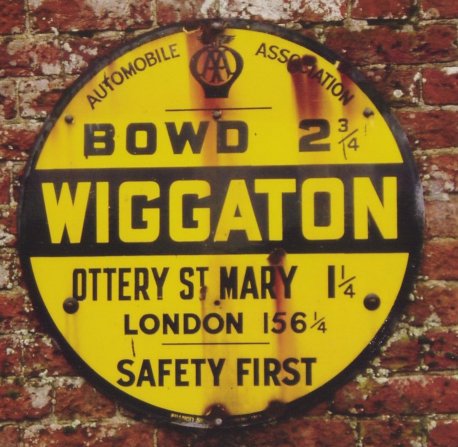
Stolen early 2006, replaced 13/9/06 by plastic replica
|
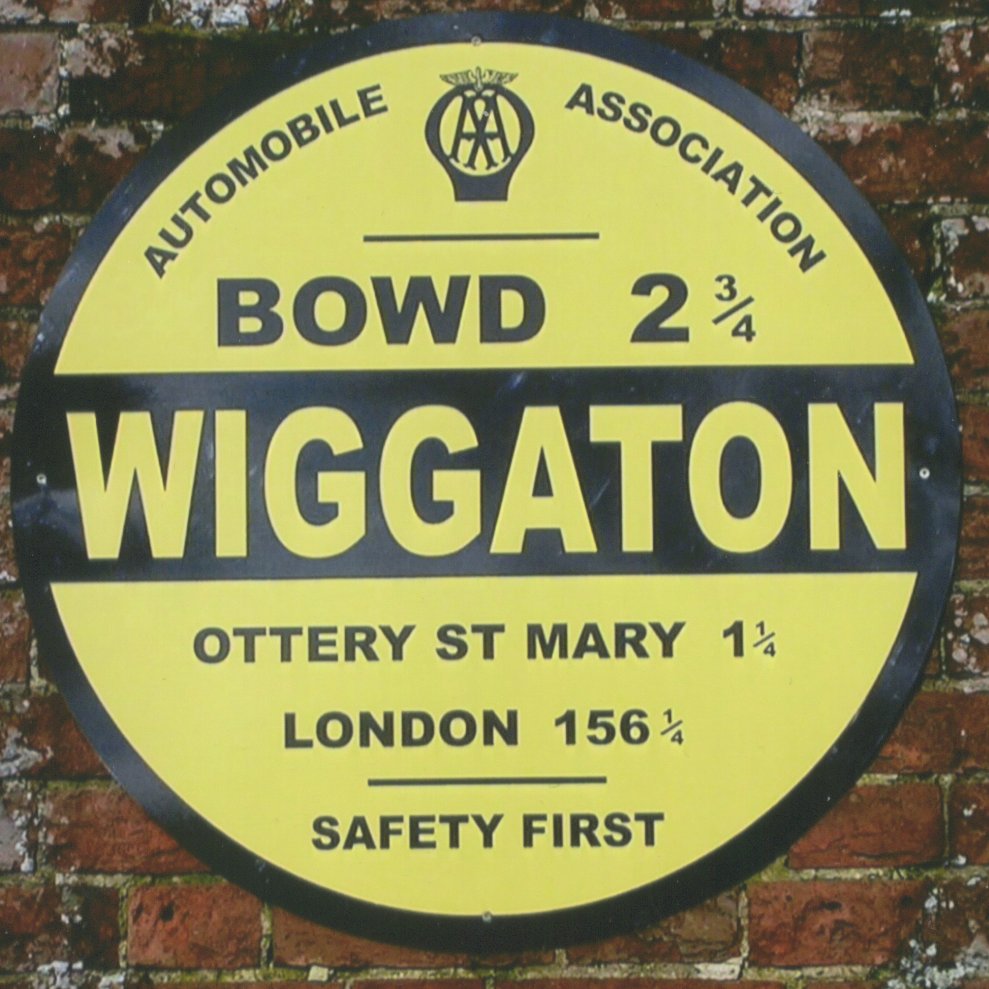
Replacement 13/9/06 plastic replica
|
|

In Situ
(Notice only one place nearby, the rest is sea!)
|
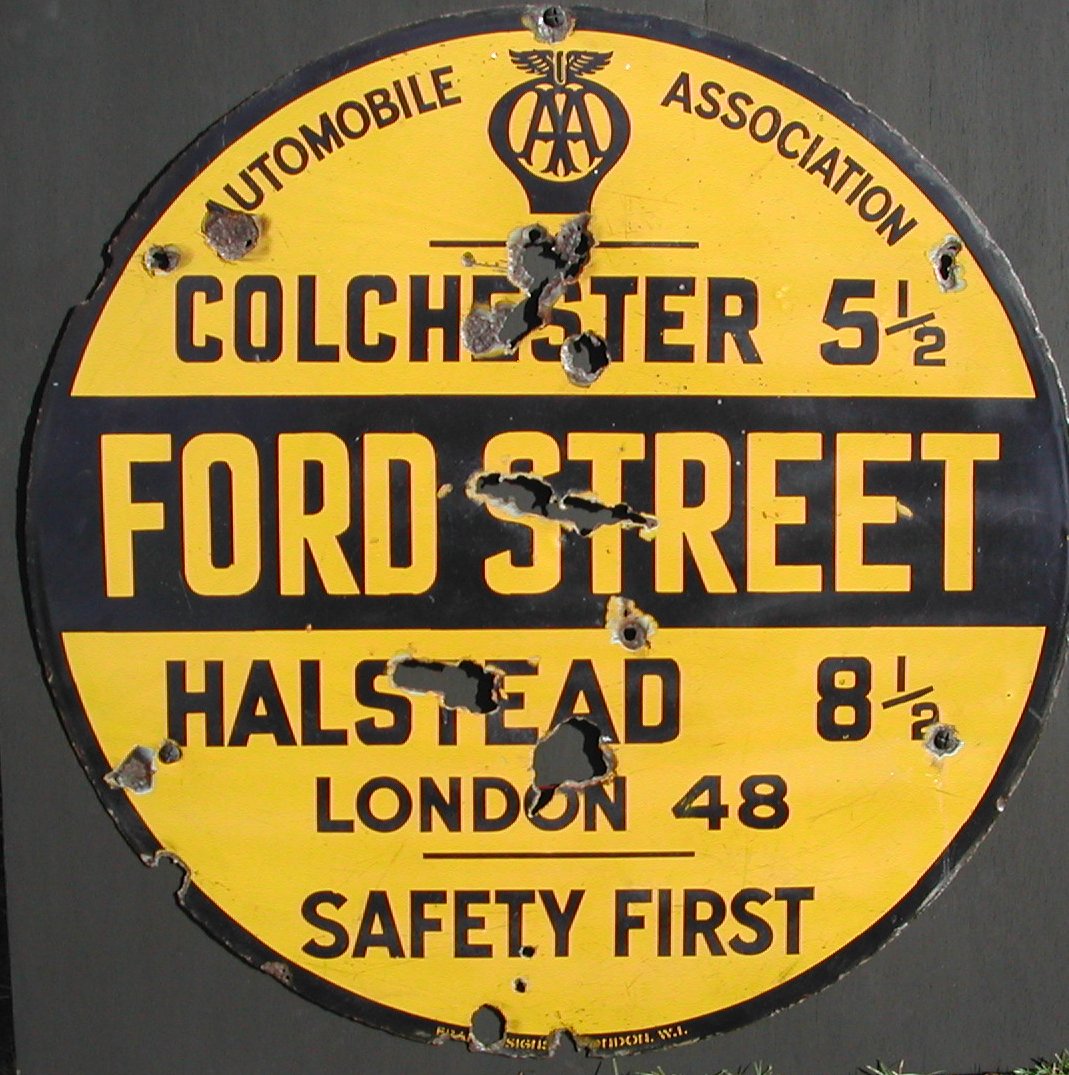
Private Collection Essex
|
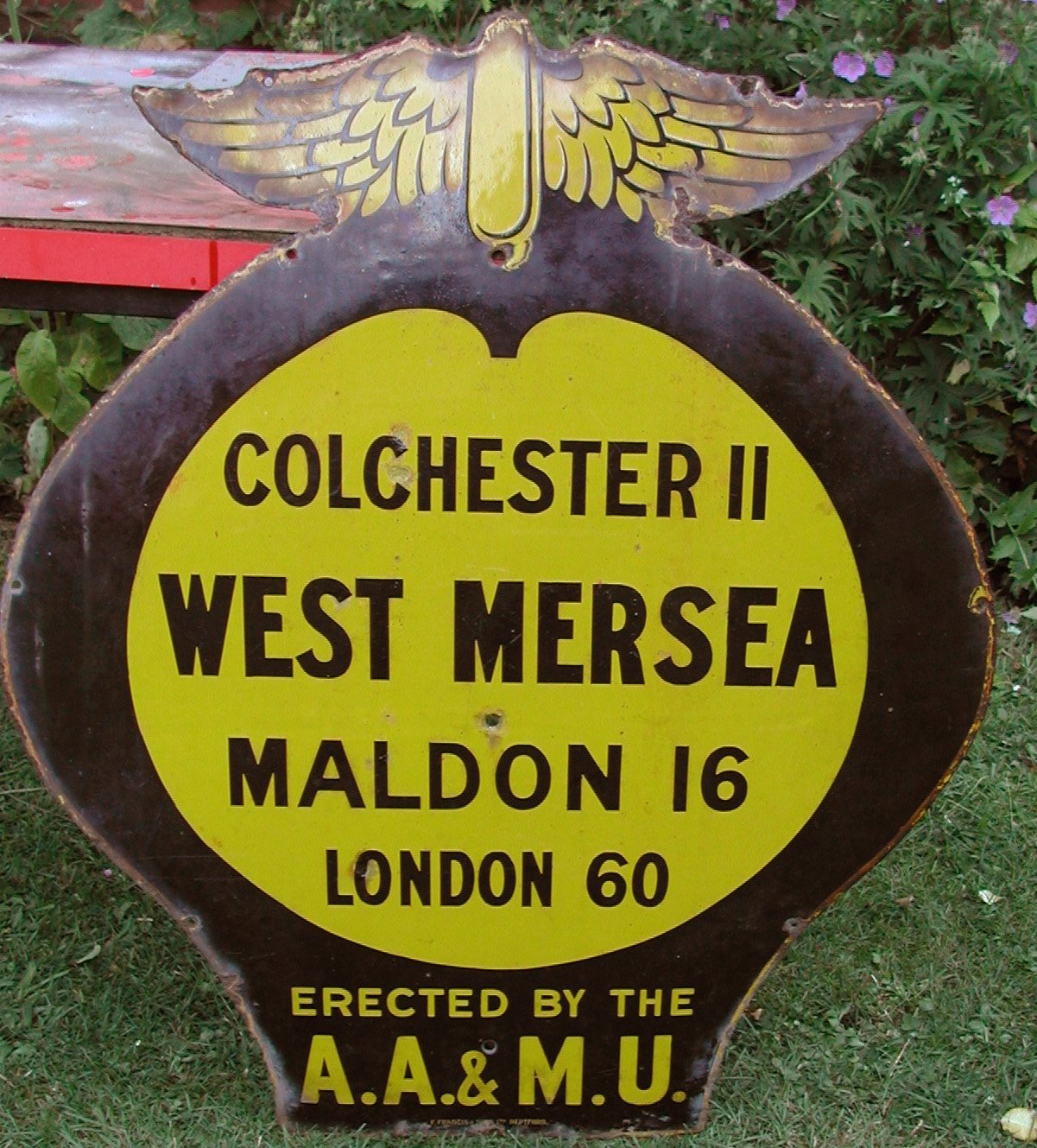
Private Collection Lexden
1912-1920 "winged badge" design
|
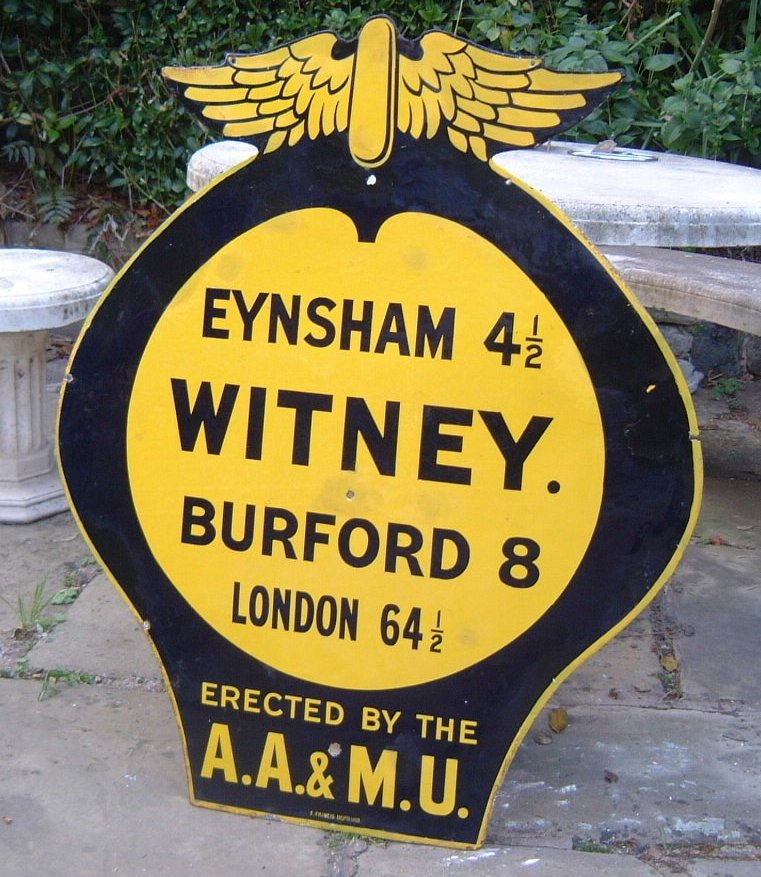
National AA Village Signs Collection at the Colne Valley Postal History Museum
1912-1920 "winged badge" design
|
|

AA collection - (Was Milestones - gone)
|
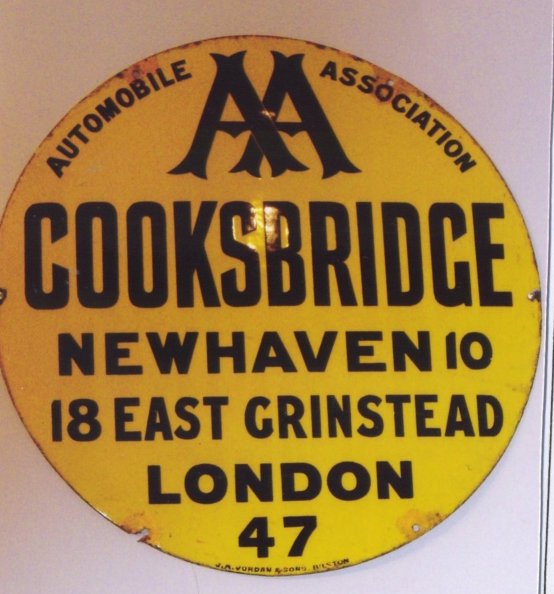
AA collection - (Was Milestones - gone)
Earliest design in widespread use -
before adoption of the "badge"
logo and the merger with the Motor Union 1906-1910
|
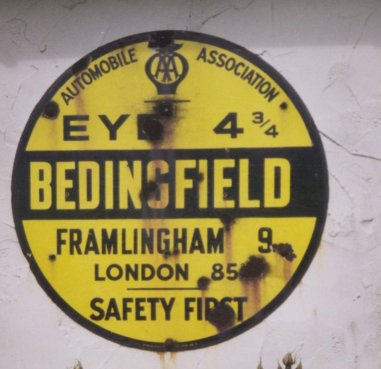
In Situ
|
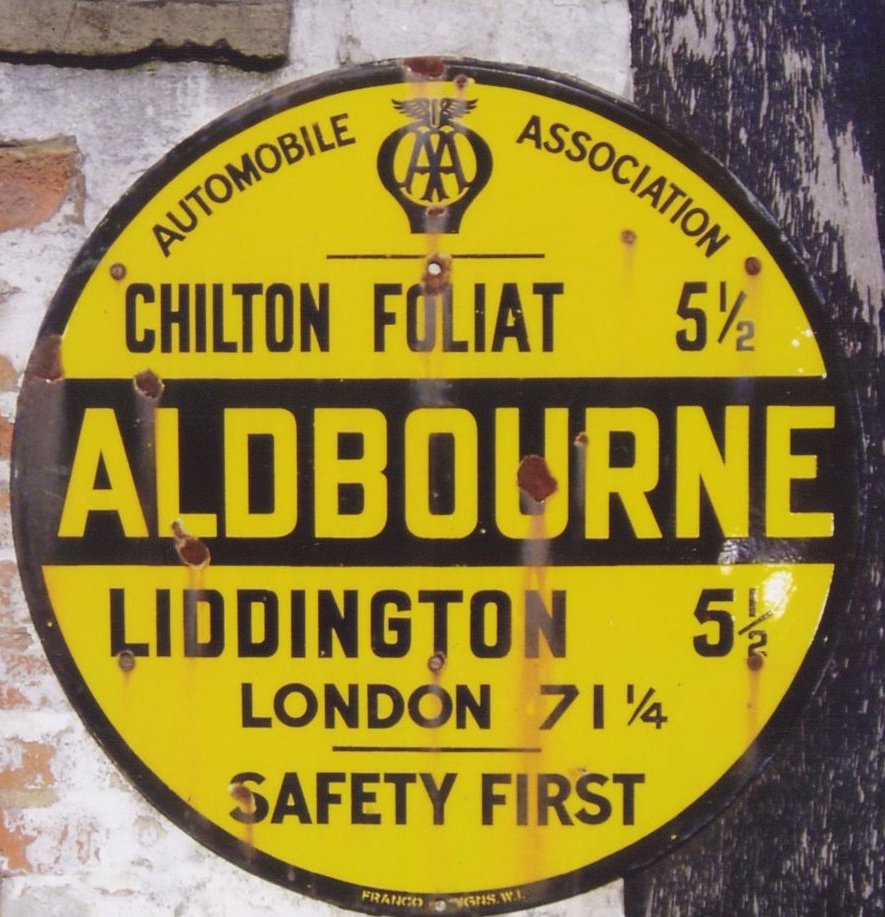
In Situ
|
|
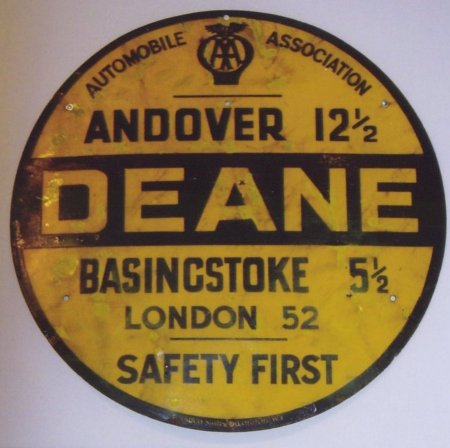
AA collection - (Was Milestones - gone)
|
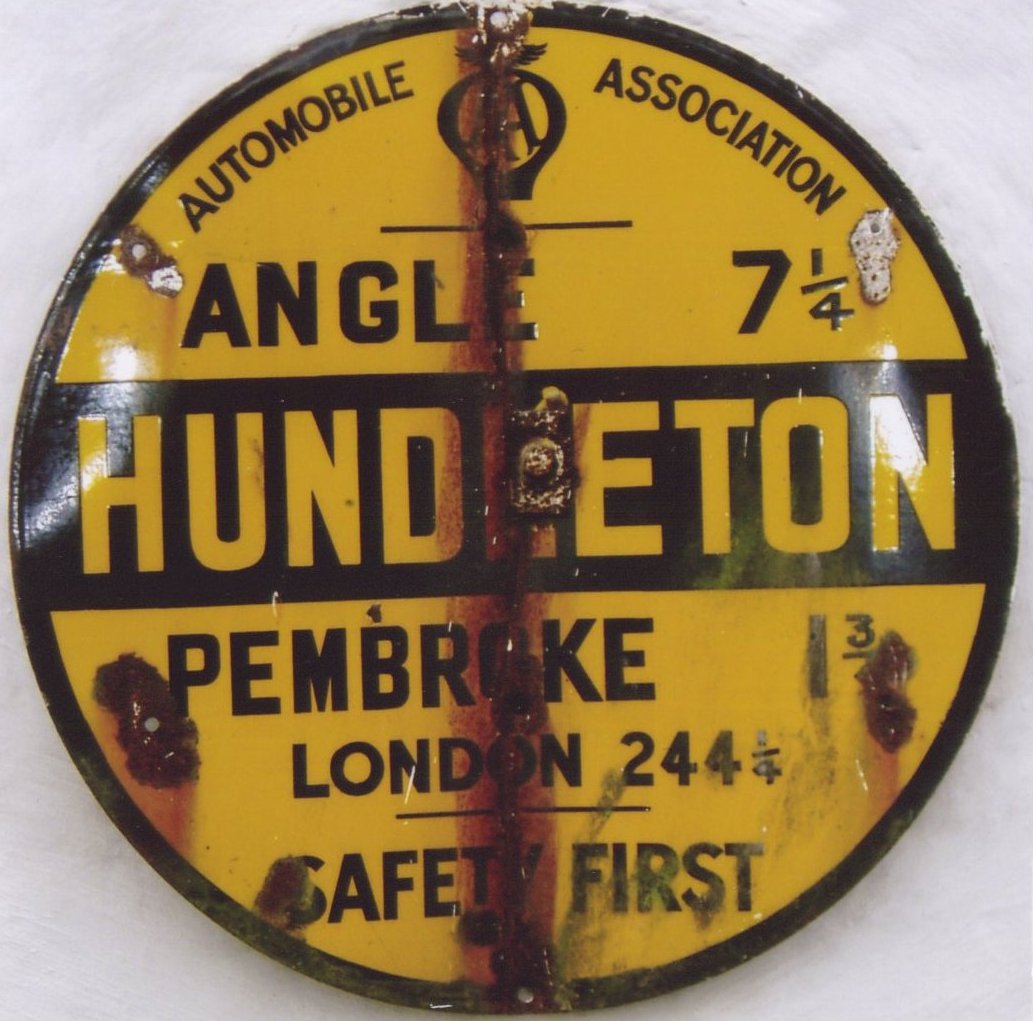
In Situ
|

Milestones Museum, Hants
1912-1920 "winged badge" design
|
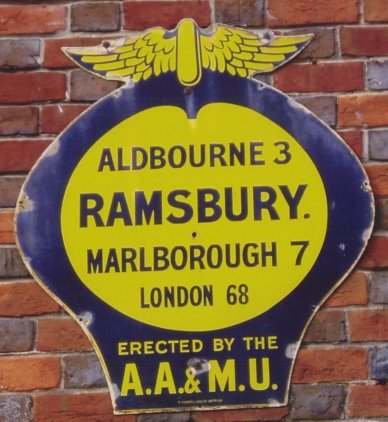
In Situ
1912-1920 "winged badge" design
|
|

In Situ - 2 signs both different
|
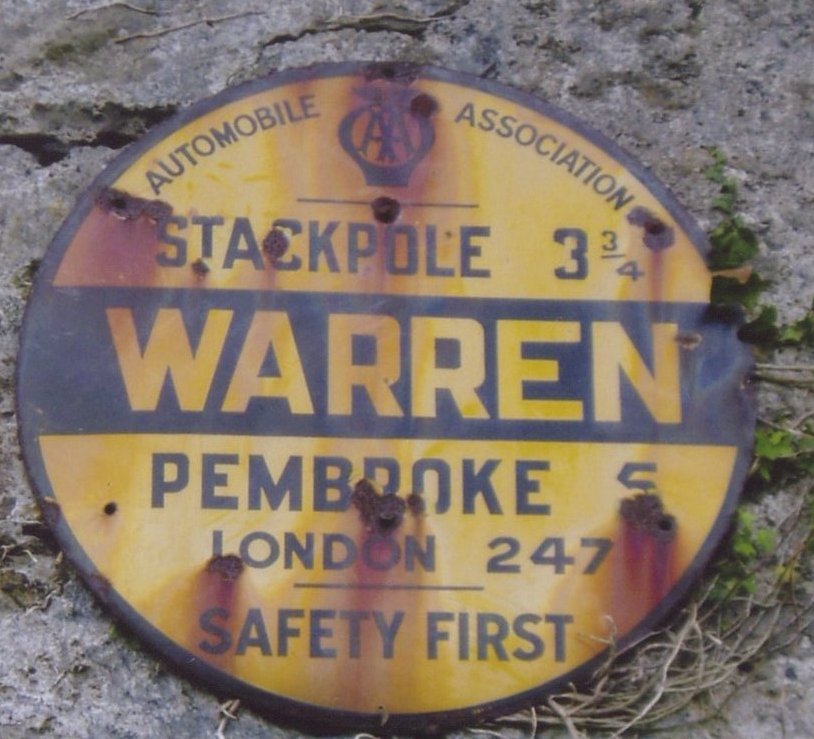
In Situ
|
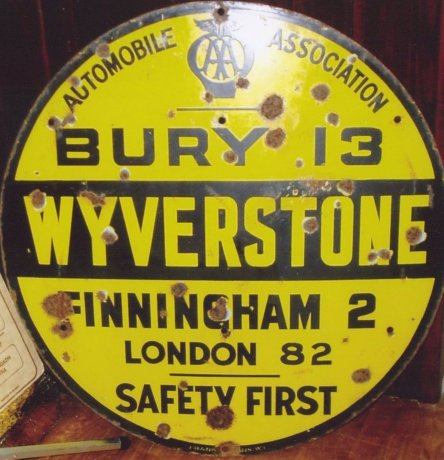
Private Collection
|
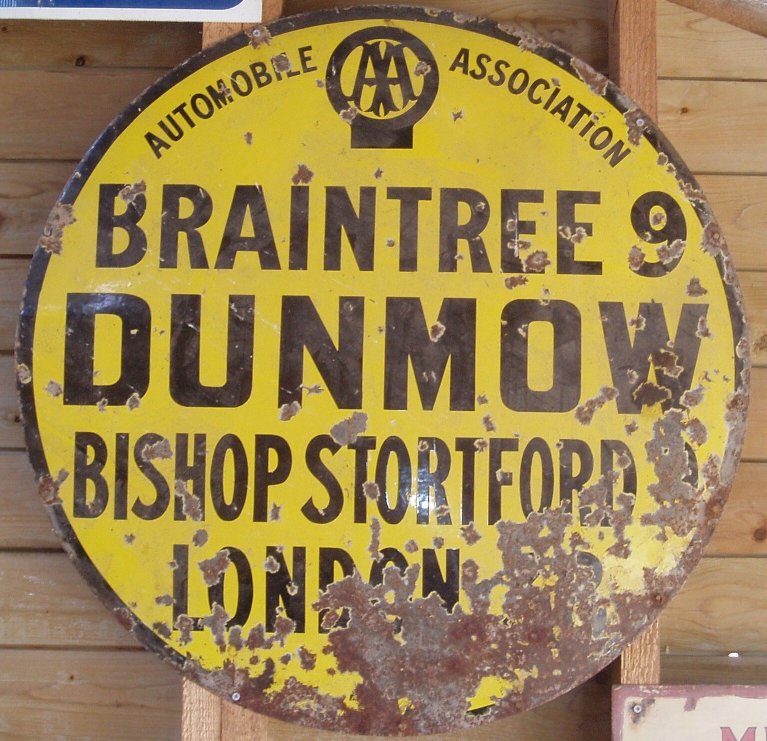
Private Collection, Hampshire
Second style befor MU merger,
AA badge with no wings, no black bar
|
|
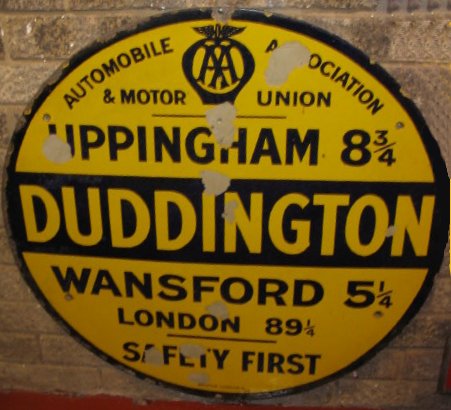
Private Collection, Wirral
|
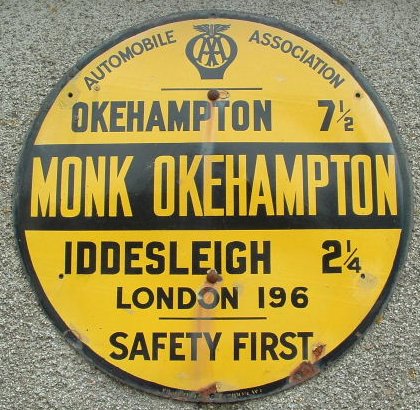
In Situ
|
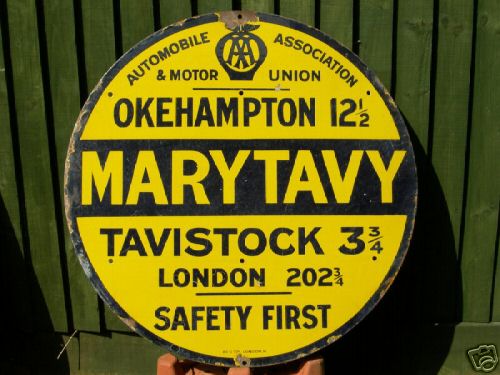
Sold On Ebay 1/9/06
|
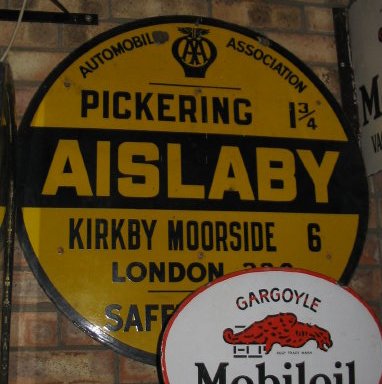
Private Collection, Wirral
|
|
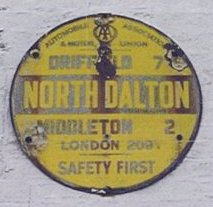
In Situ
|
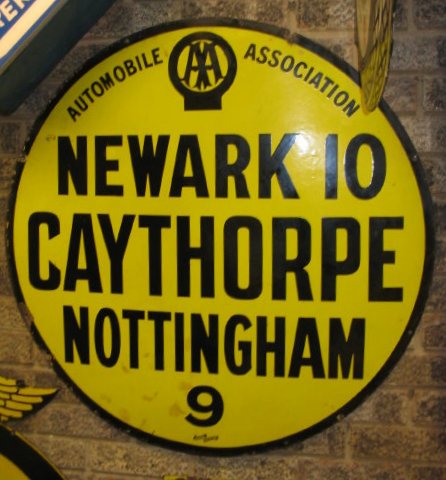
Private Collection, Wirral
Second style before MU merger,
AA badge with no wings, no black bar
|
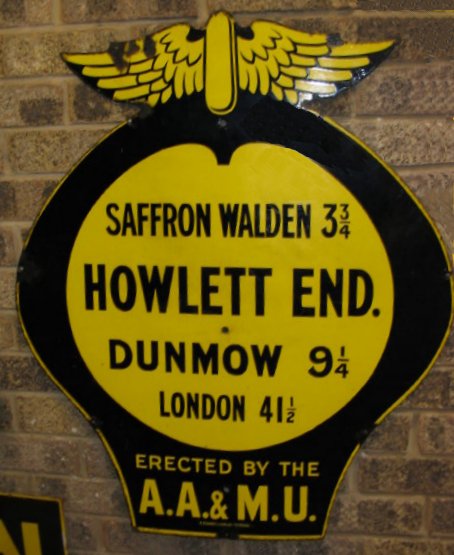
Private Collection, Wirral
1912-1920 "winged badge" design
|
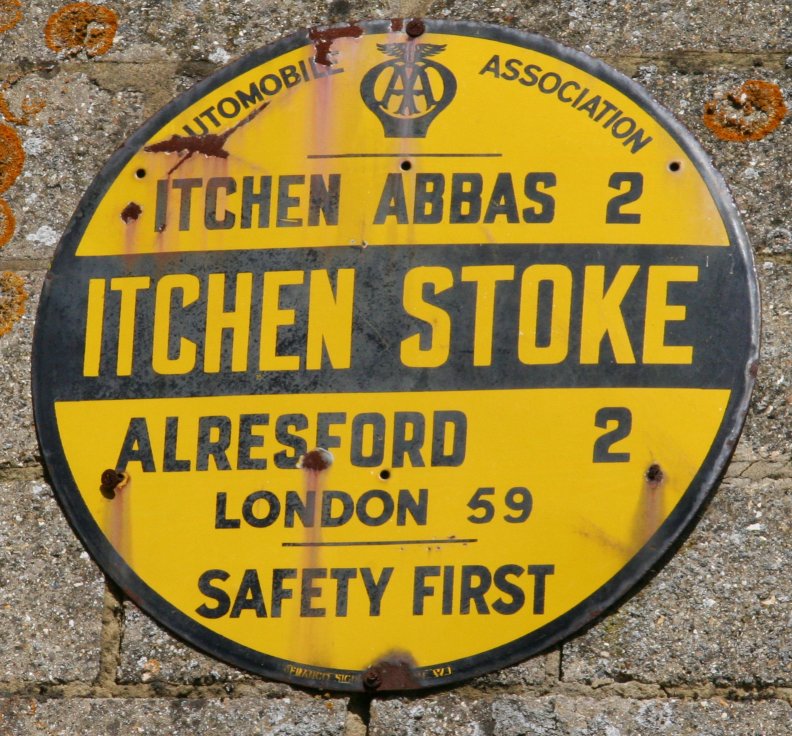
In Situ
|
|
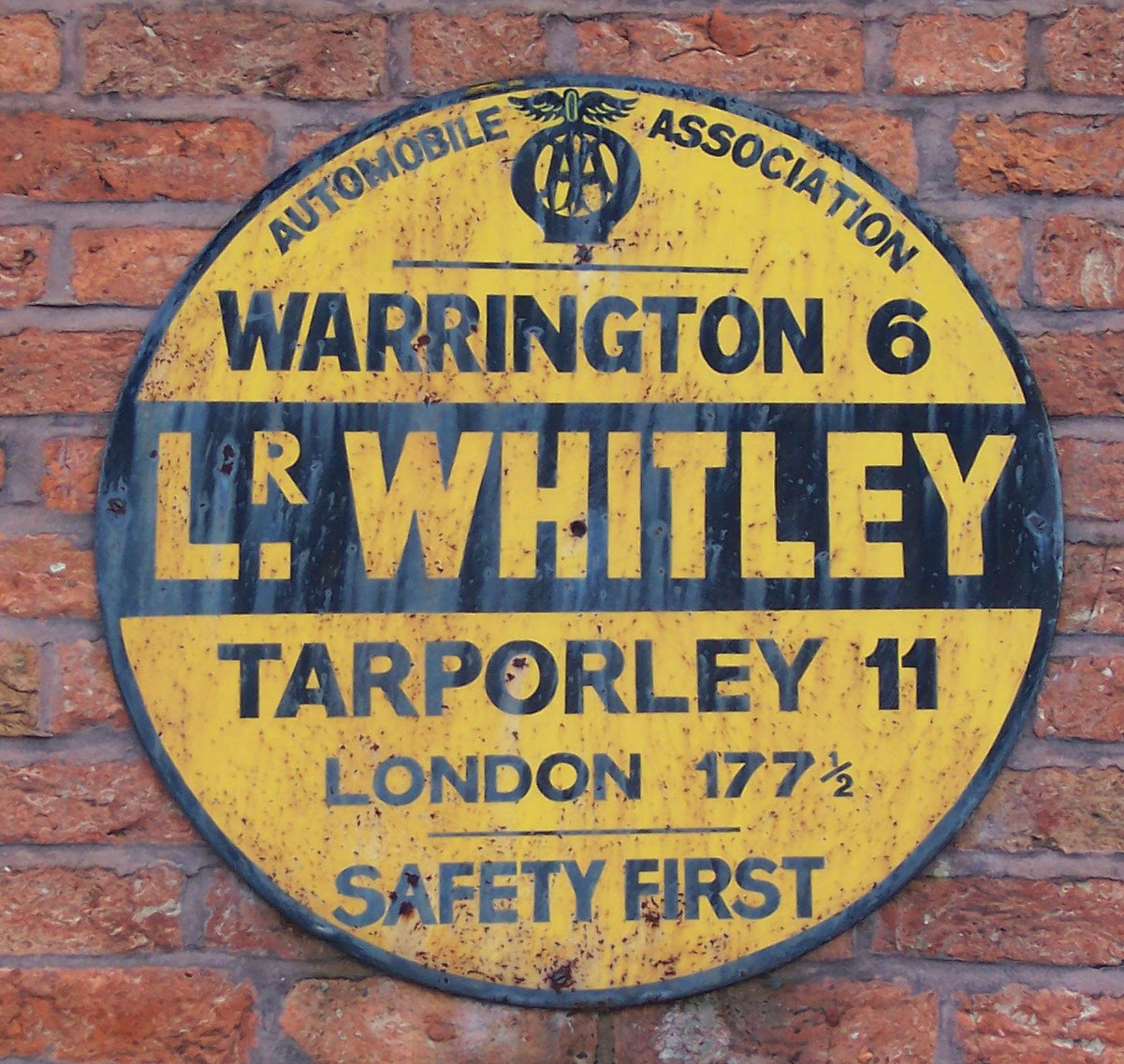
In Situ
|
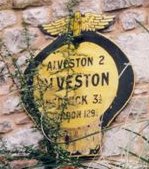
"Olveston" In Situ
1912-1920 "winged badge" design
|
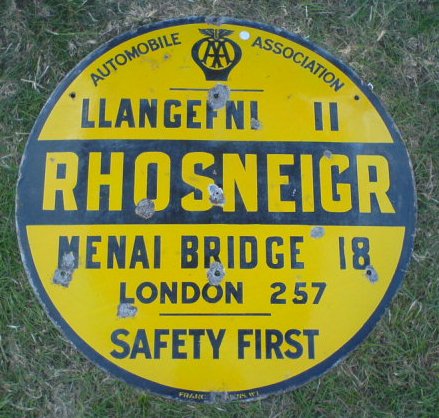
Beaulieu Autojumble Sept 06
|
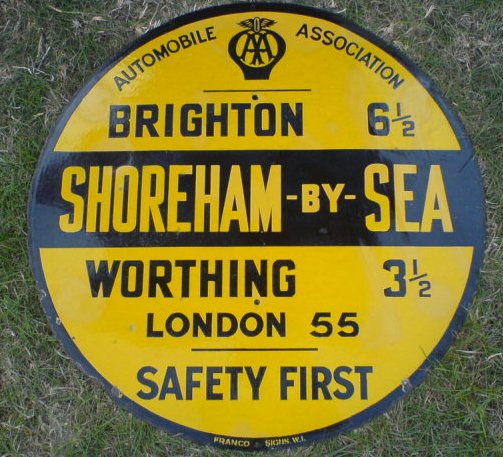
Beaulieu Autojumble Sept 06
|
|
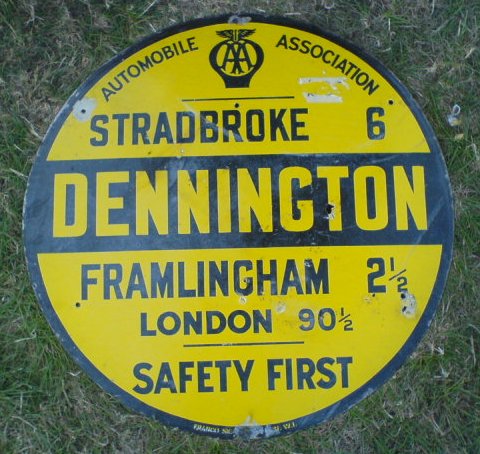
Beaulieu Autojumble Sept 06
|
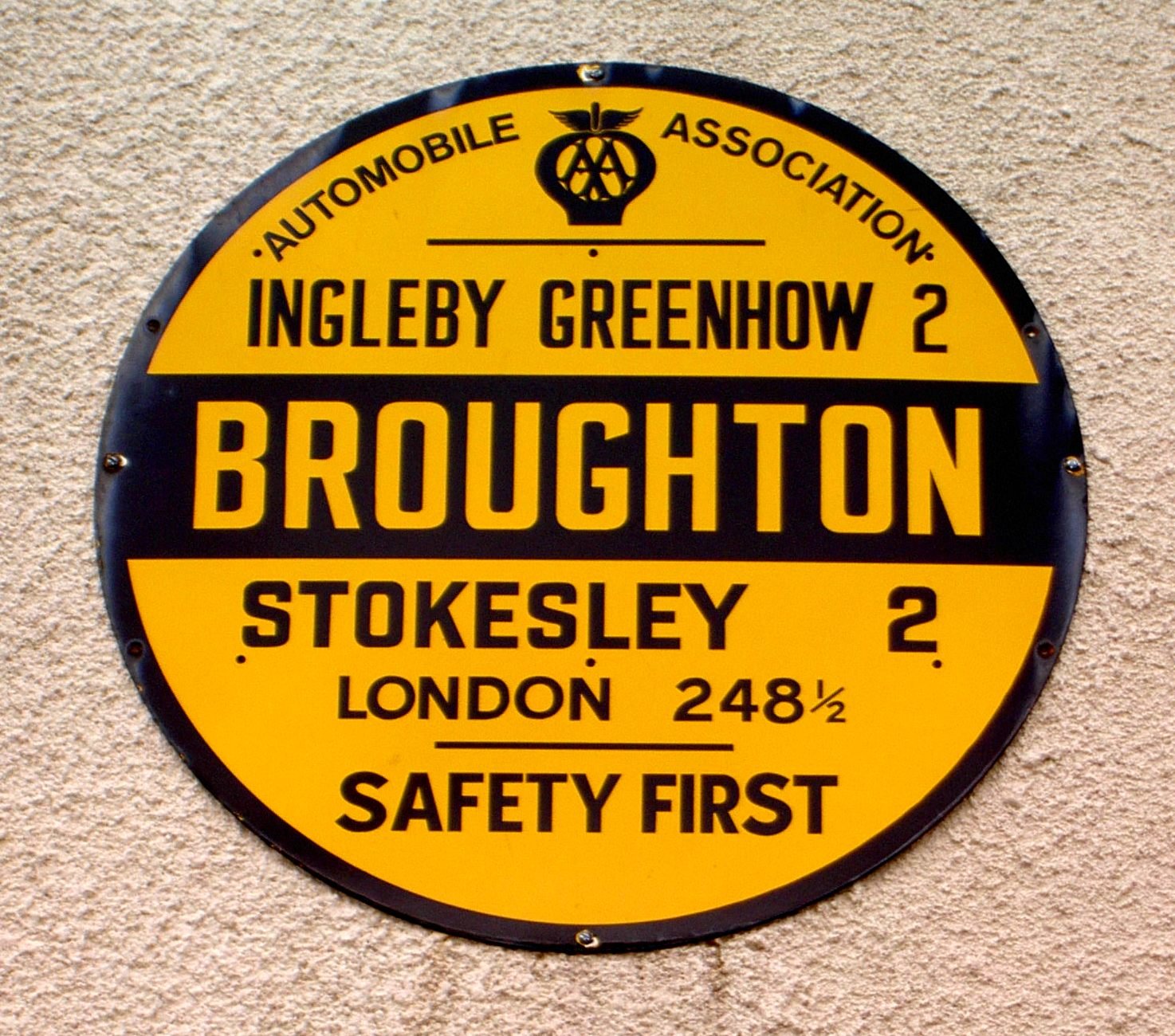
In Situ
|

Inside PH at Toft near, Bourne
1912-1920 "winged badge" design
|
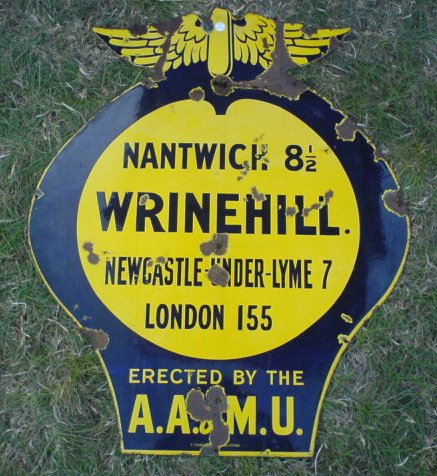
Private Collection East Sussex
1912-1920 "winged badge" design
|
|
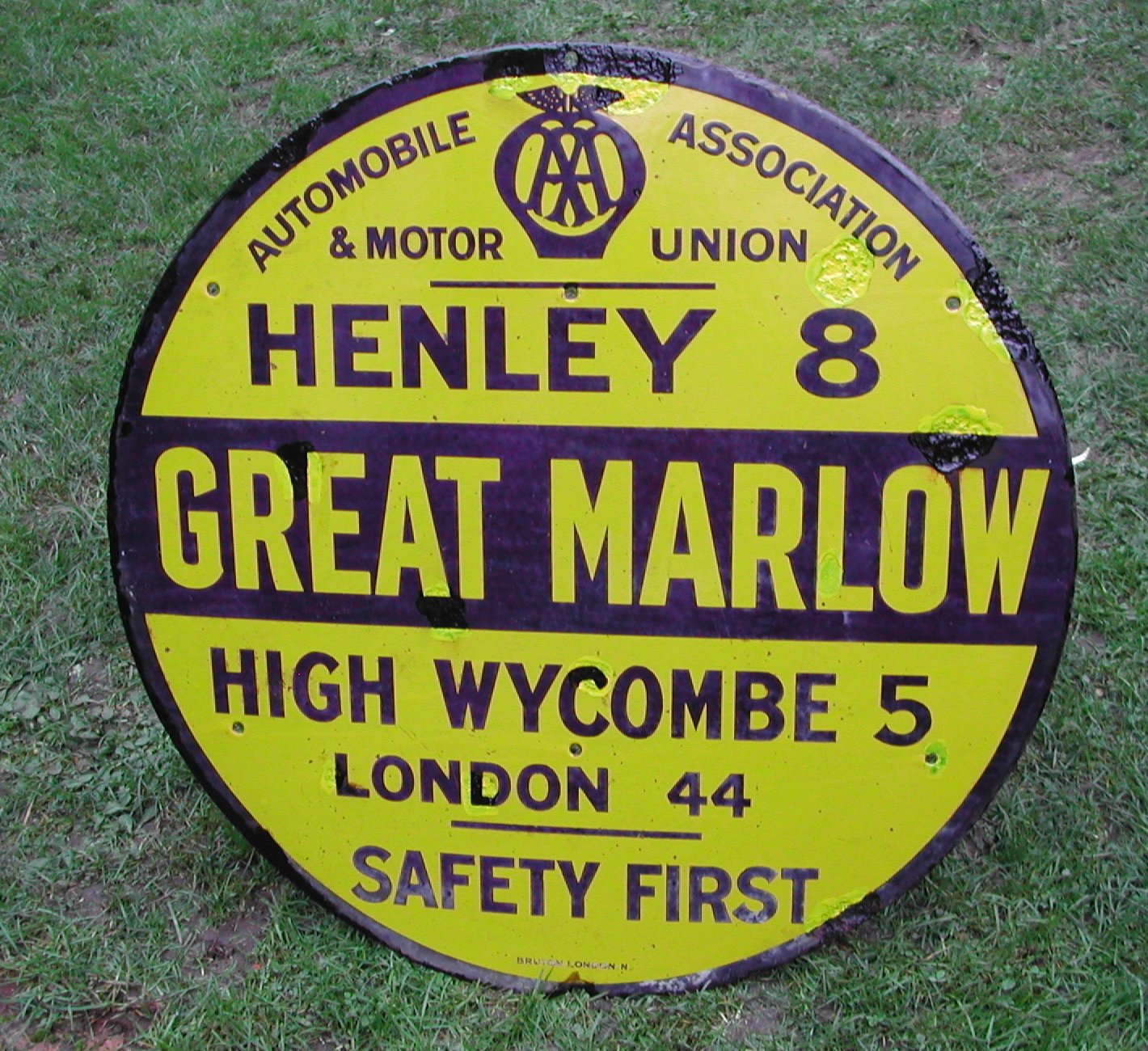
National AA Village Signs Collection at the CVPHM
Early Blue enamel, by Bruton & Co
1st design after AA & MU merger, 1910-1923
|
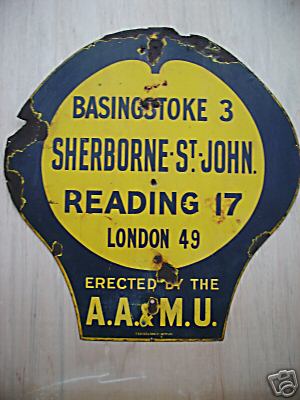
National AA Village Signs Collection at the CVPHM
Was fitted with rear bracket
1912-1920 "winged badge" design
|
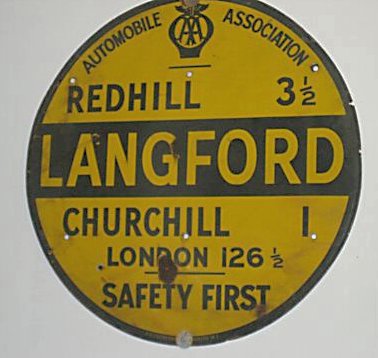
National AA Village Signs Collection at the CVPHM
This village is south of Bristol
|
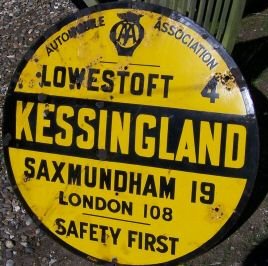
Private Collection, Kessingland
|
|
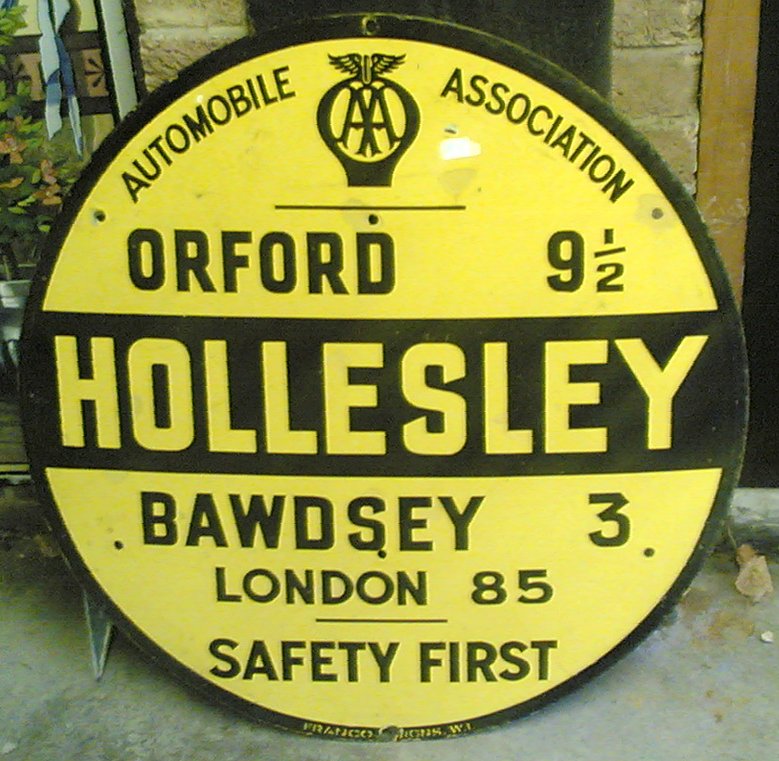
National AA Village Signs Collection at the CVPHM
|
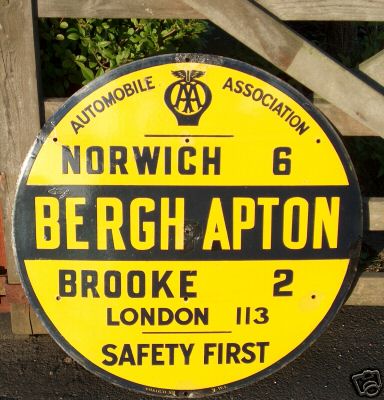
National AA Village Signs Collection at the CVPHM
|
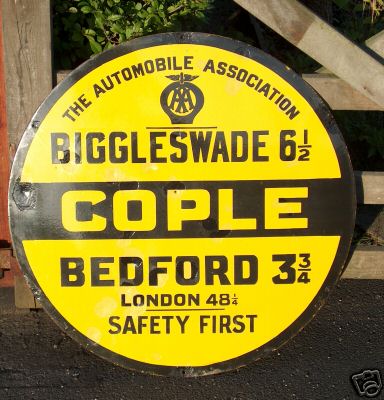
National AA Village Signs Collection at the CVPHM
|
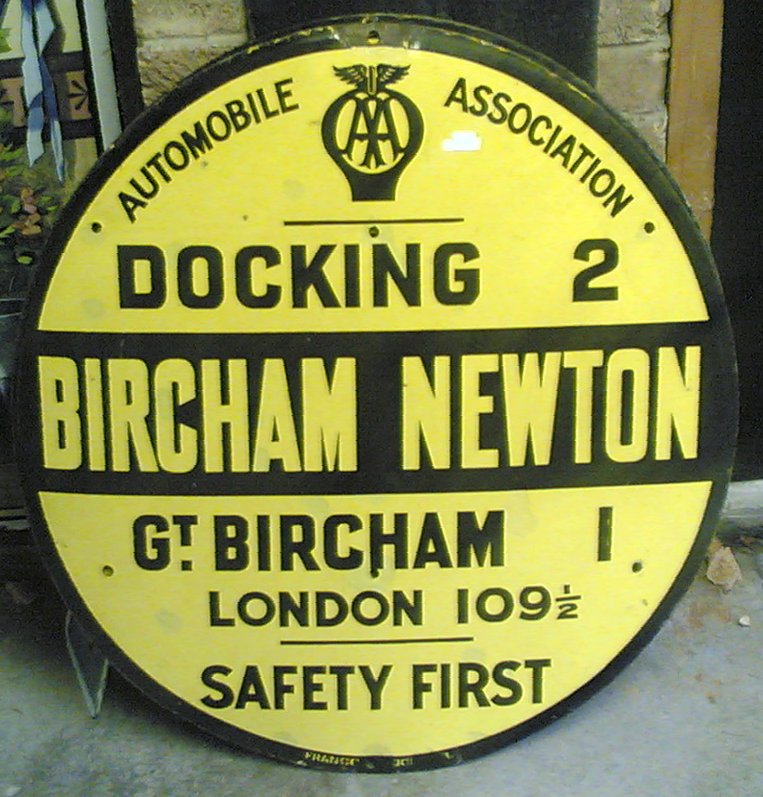
National AA Village Signs Collection at the CVPHM
|
|
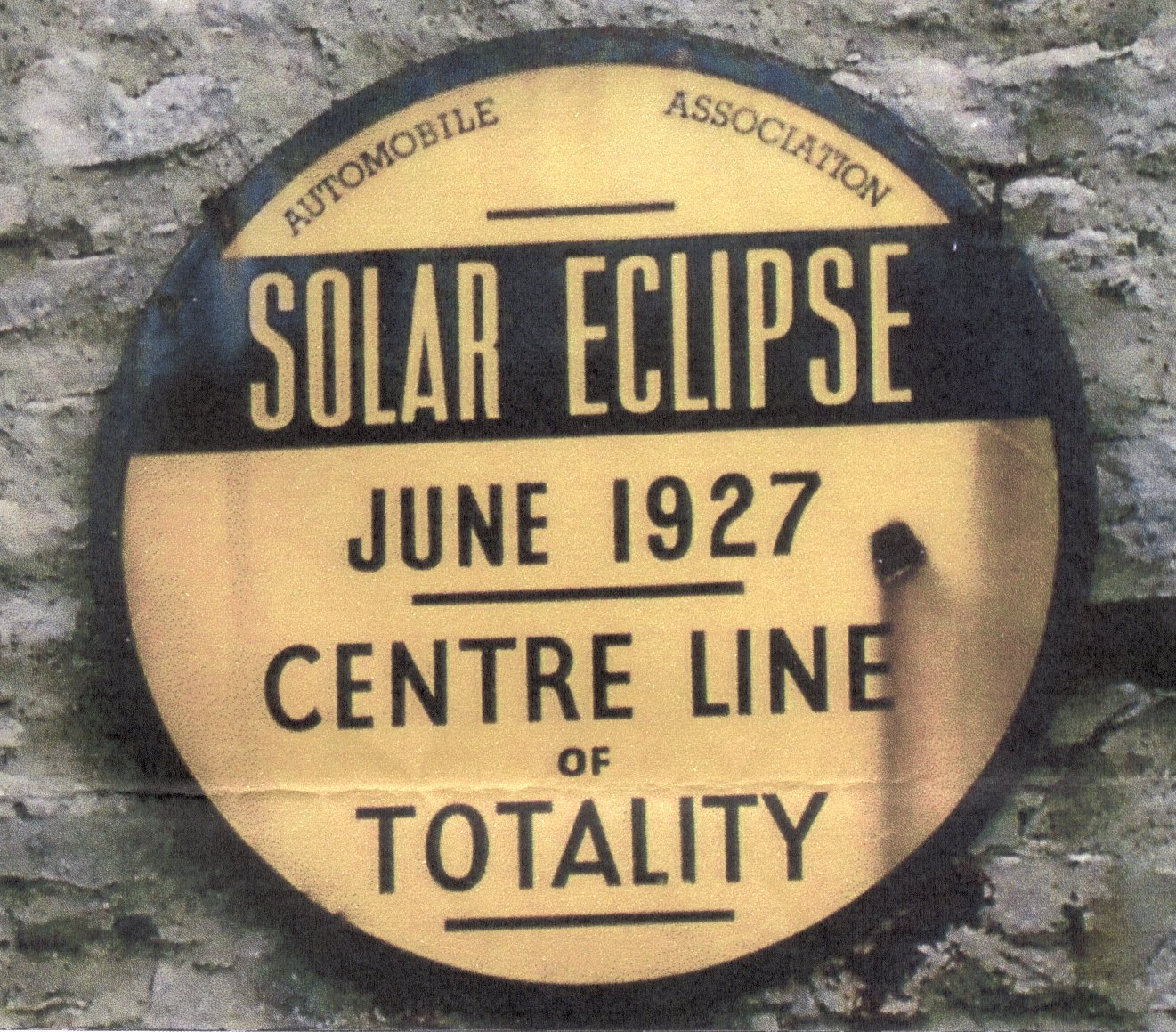
Possibly one of the rarer and most unusual signs is this one
in Richmond Yorks marking the centre line of the
1927 Total Eclipse. It was visible across a large swathe
of north east England. How many others were there?
|
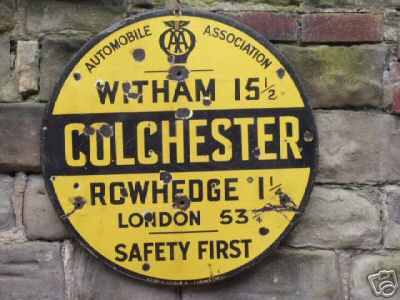
This Colchester sign is different from the early one
shown right, indicating different distances from London
and Witham. One explanation could be that distances
are measured from the actual sign and not t
he centre of town. This one also swaps Rowhedge for Ipswich. National AA Village Signs Collection at the CVPHM Collection.
|

Private Collection, Essex
Early Blue enamel bar,1st design after AA & MU merger,
1910-23. Witham appears to be only
11 3/4 miles away on this one. Bruton & Co.
|
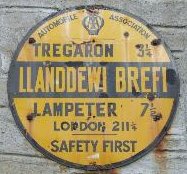
In Situ
|
|
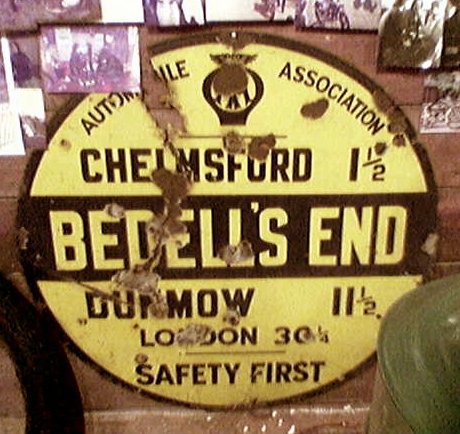
Formerly at Battlesbridge Motorcycle Museum
|

Almeley Herefordshire
|

Private collection, Eire
AA and Royal Irish Automobile Club
|
|
|
|
|
